Cargo Blocking and Bracing: A Must-Know Guide
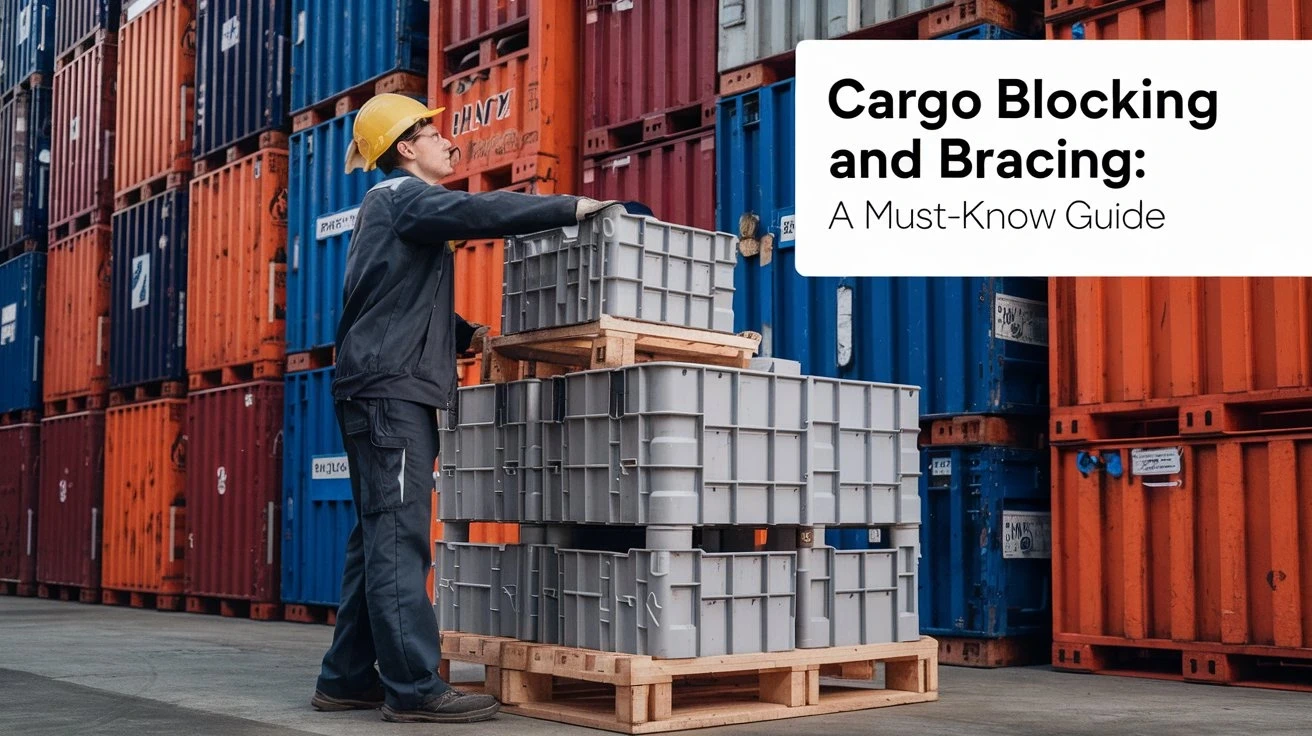
Simple but effective methods for securing goods during transit, whether in a truck, on a ship or even in your own car are cargo blocking and bracing. Sometimes, the process of loading your cargo onto a shipping container is overlooked during the shipping procedure. Even if your products are loaded onto a ship and prepared for international shipping, they could still get damaged en route. You can prevent this by using bracing and blocking tactics. Let’s explore more about blocking and bracing in this article.
Understanding Cargo Blocking and Bracing
In trucks, ships, and other vehicles, cargo blocking and bracing procedures are critical to ensuring safe transit. These methods guarantee that the goods are safe and undamaged throughout transit.
Cargo Blocking
The process of blocking includes strategically positioning durable materials or objects to prevent the cargo from moving. An effective barrier for the cargo can be made from basic materials like wooden boards, pallets, or inflatable airbags. The objective is to fill any gaps and build a steady structure that inhibits any kind of motion.
Cargo Bracing
In order to improve the cargo structure's support, bracing and blocking are combined. To safely hold the cargo in place, utilize load bars, straps, or braces. It is possible to tension or tighten these braces to stop goods from moving or falling over.
When blocking and bracing are combined, they keep your goods secure and stable during transit, minimizing the chances of damage, mishaps, and losses. It’s a simple method to safeguard your belongings and ensure everyone’s safety during transit.
Types of Cargo and Their Specific Needs
Distinct cargo categories require distinct handling techniques in order to guarantee safe delivery. Comprehending the distinct requirements of every category is crucial for effective loading of containers. Here are some examples.
Fragile Goods
Fragile items require careful handling to avoid damage.
- Use sturdy boxes and plenty of cushioning materials like foam peanuts or air pillows.
- To avoid crushing, place these items on top of heavier cargo.
- Indicate that the boxes are fragile to make the handlers aware and ensure they are handled with extra care.
Large Machinery
Dealing with big machinery presents a unique obstacle. In order to address these things
- Use straps or chains to firmly anchor the machinery to the container floor.
- Prevent shifting with blocks or braces.
- Ensure machinery is balanced to prevent tipping.
Hazardous Goods
Safety regulations must be strictly followed when dealing with hazardous goods.
- Properly package and label goods as required by law.
- Keep hazardous goods apart from other cargo to avoid contamination.
- Follow safety protocols to prevent accidents and comply with regulations.
Electronics
Extra protection is necessary for sensitive electronics. In order to protect these items:
- Use bubble wrap or foam for padding.
- Ensure items are firmly secured during transit.
- For sensitive electronics, think about climate control options.
Perishable Goods
To keep perishable goods like food fresh, specific conditions are necessary.
- Use refrigerated containers for temperature maintenance.
- Use insulated containers or cooling packs for packing.
- Ensure fast delivery to prevent spoilage.
Liquids
Special considerations are necessary when transporting liquids.
- Use sealed leak-proof containers.
- Securing the containers will stop spills and leaks.
- Take into account variations in pressure and temperature that may affect the liquid.
Materials and Equipment Used
To guarantee the safety of your cargo during transport, it is crucial to use appropriate materials for blocking and bracing.
Wooden Blocks or Planks: These materials are both versatile and sturdy, serving as blocks, gap fillers, and cargo barriers. The size and strength of the containers should match the requirements of your cargo.
Pallets: Pallets are great for securing and supporting larger or palletized cargo. It’s easy to secure these to prevent any movement and ensure a stable base.
Inflatable Airbags: Airbags are an effective solution for blocking. The goal is to use inflation to fill gaps and secure cargo, specifically items that are not uniform in shape.
Bracing Devices: Braces, load bars, or straps may be required, depending on your cargo and the transport vehicle. Cargo shifting is prevented by using bracing and additional support.
Straps and Tie-Downs: Nylon or polyester straps are crucial for keeping cargo secure. Common options for this purpose include ratchet straps and cam buckle straps.
Padding and Cushioning: To prevent damage, sensitive or fragile cargo can be protected with padding materials like foam, bubble wrap, or blankets.
Corner Protectors: These tools safeguard cargo straps and enhance stability by covering sharp edges.
Techniques and Methods
Cargo blocking and bracing is a vital method to secure your cargo and prevent movement during transportation. It involves the following steps.
Positioning Cargo
The shipment is evaluated by considering its dimensions, form, and distribution of weight. This evaluation will assist in identifying the optimal stability positioning. To minimise imbalance, the weight is distributed evenly by centering the cargo in the transportation space whenever possible. Restraints, such as chocks or wedges, are used to prevent the cargo from rolling or sliding.
Using Blocking Materials
The type of cargo determines the blocking materials to use. Included are common choices like wooden blocks, planks, or pallets. The materials must be in good condition and able to support the cargo’s weight. To create a barrier, the cargo is surrounded with selected blocking materials to any gaps. Ensuring a tight fit of the materials is crucial to prevent any moving. To prevent any movement, screws, nails, or other fasteners are used to securely fasten the blocks to the ground during transit.
Securing Cargo
For further cargo stability, strong straps or tie-downs are utilised once the blocking materials have been installed. To enhance stability, the straps are passed over the cargo and underneath in a crisscross pattern. The straps are tightly secured without applying excessive pressure, which can harm the cargo. Once the cargo is secured, the stability is checked by shaking or pushing it. In case of any movement, necessary adjustments to the blocking and strapping are made. The cargo is regularly checked during the journey to confirm the security of the blocking materials and straps and adjust them if needed.
Safety Considerations
Depending on the kind of cargo, different equipment is needed for handling and securing it, so that shipments don't move during Vessel handling or transit. Disregarding the cargo's safety could have dire and permanent repercussions. Cargo safety encompasses proper packaging, preventing tampering, and secure transportation to the final destination. It is the shipper’s duty to protect the contents of the cargo by packaging and labelling it appropriately.
Here are a few safety tips for packaging cargo in a container.
- When shipping, cushioning materials, suitable lashing, and labelling are crucial.
- Cargo should be firmly secured on all sides, particularly close to the door, to prevent moving during transit.
- It is necessary to fill the spaces left by packaging and container walls. To fill in gaps, use materials like foam, boards, gratings, airbags, wooden dunnage, and cardboard.
- To secure the goods, use special lashing points on the corner posts and side rails.
- Make use of squared timber, boards, and wooden beams to evenly distribute pressure and divide the load inside the container.
- Use nets to keep cargo safe in designated areas.
The safety of your cargo relies on the importance of block and brace techniques. Nonetheless, you can find support and not do it alone.
As a leader in the logistics sector, Sohar Shipping guarantees secure and efficient transport of your cargo. We guarantee the safe and secure blocking and bracing of your goods by using superior materials and skilled processes. If you need dependable and safe cargo transportation, contact Sohar Shipping.
Feel free to contact us for more details
Readmore: Navigating the Future: The Importance of Port Development in International Shipping
Latest Blogs
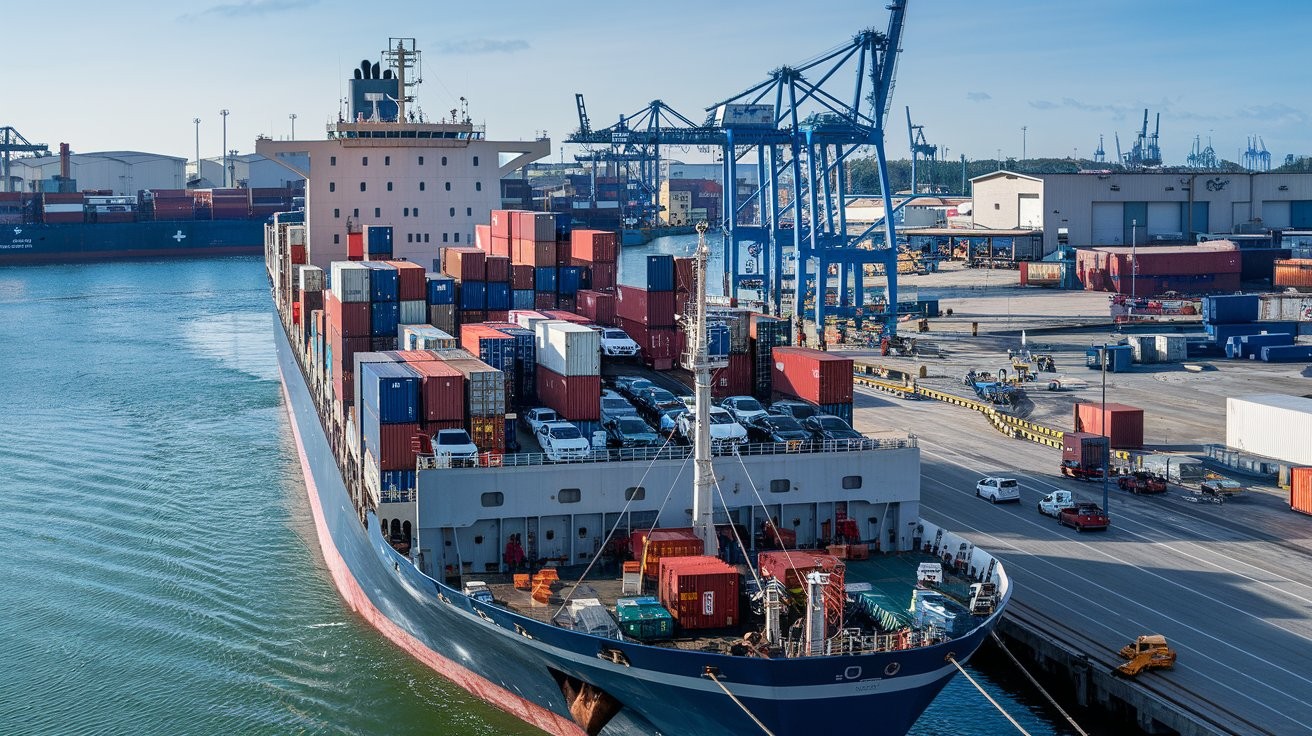

Key Benefits of End to End Supply Chains
20 Sep, 2024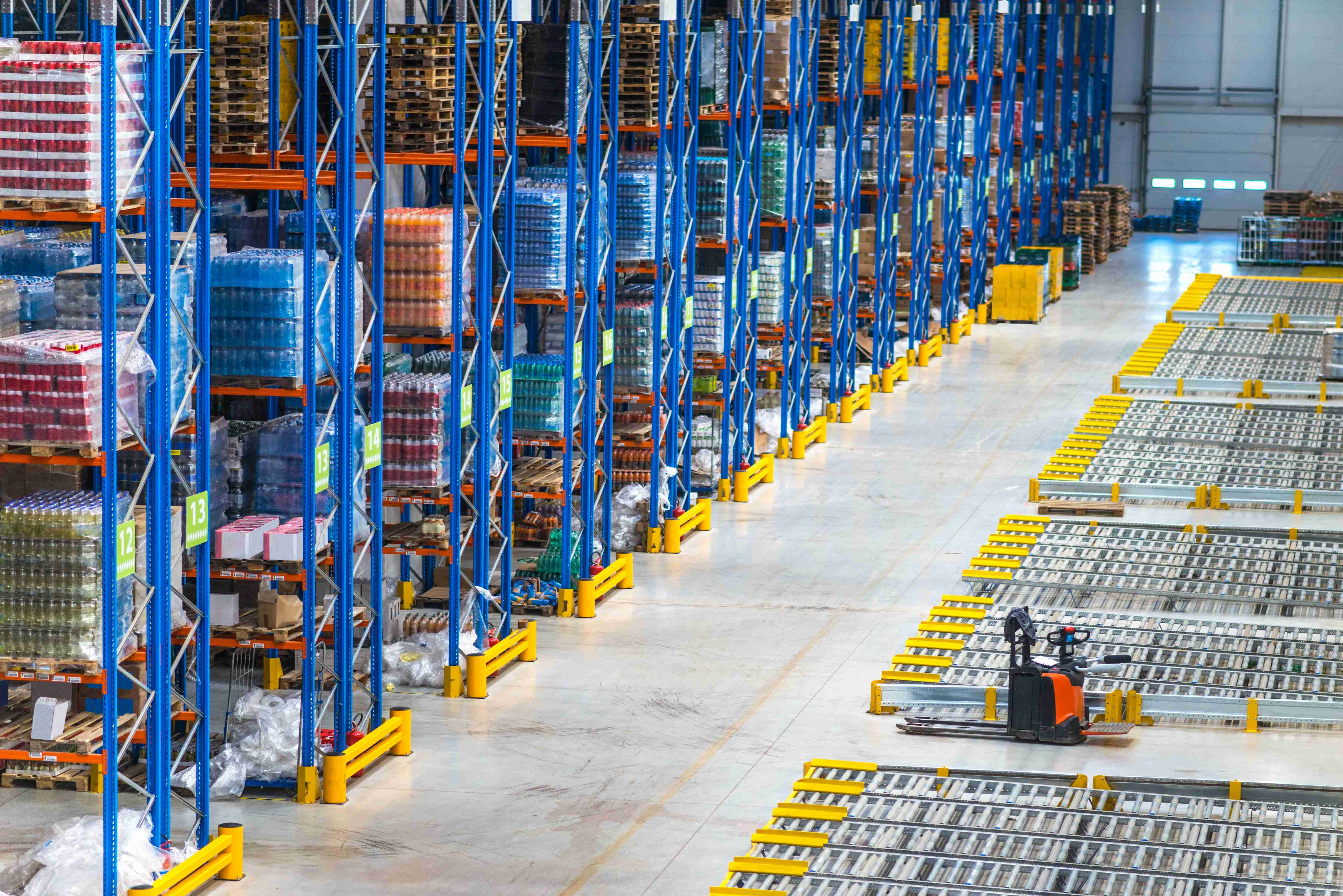
Third-Party Logistics (3PL): A Complete Guide
31 Jan, 2024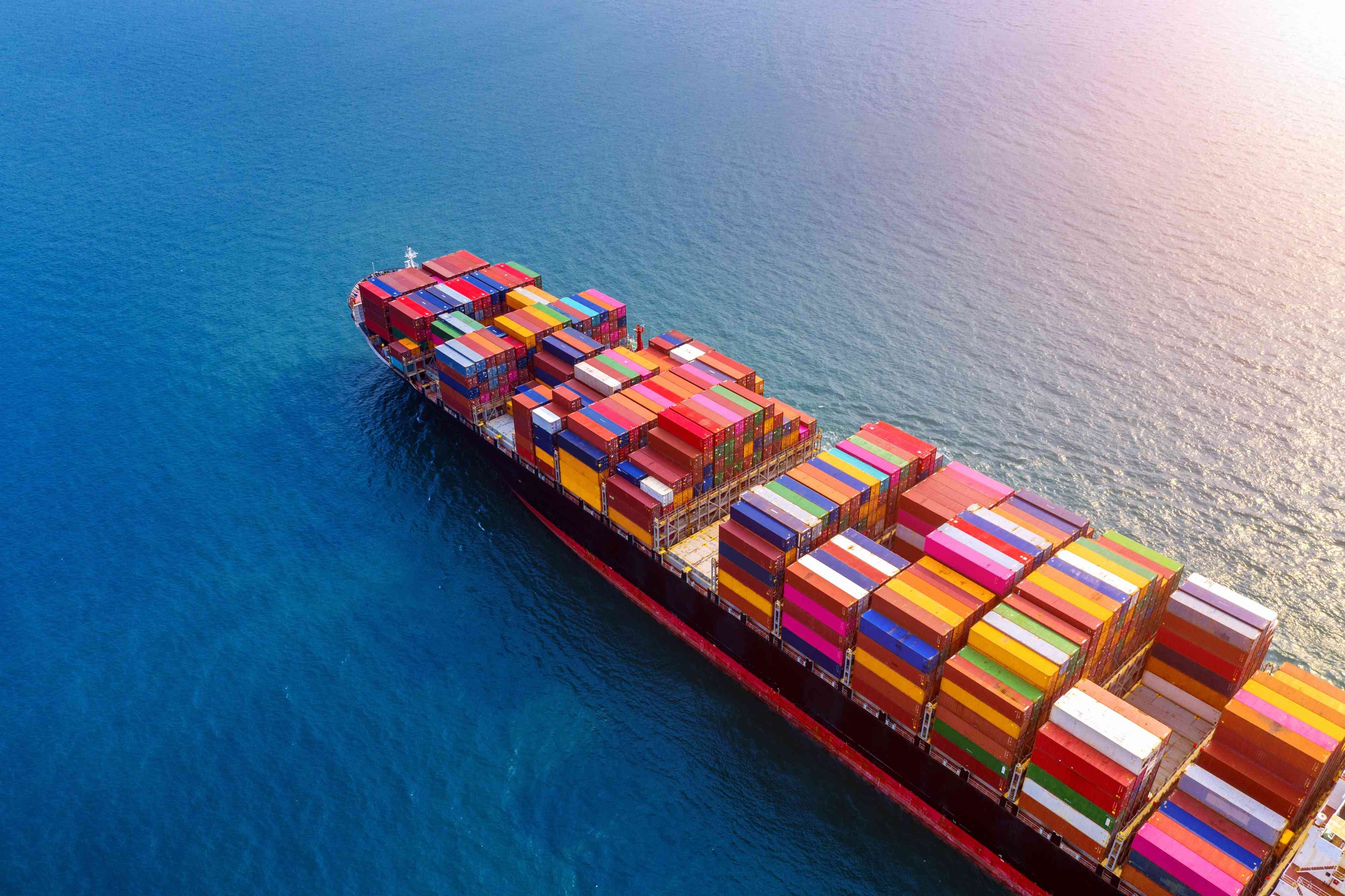
How do I book a container by sea freight
27 Nov, 2023
Top Reasons You Need A Cargo Insurance
30 Aug, 2023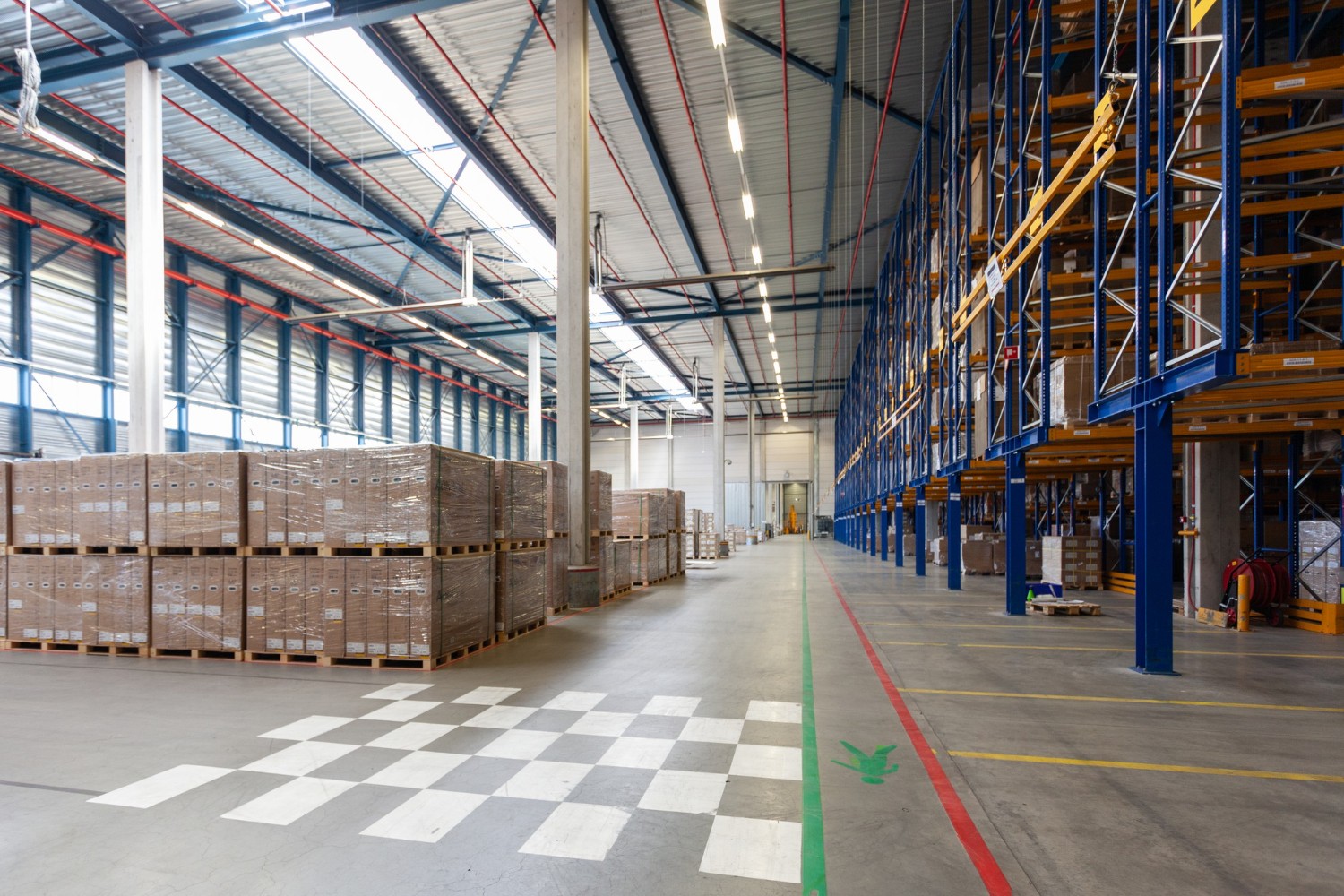
Benefits of Customs Bonded Warehousing
24 Jul, 2023
Benefits of Logistics Outsourcing
30 Jun, 2023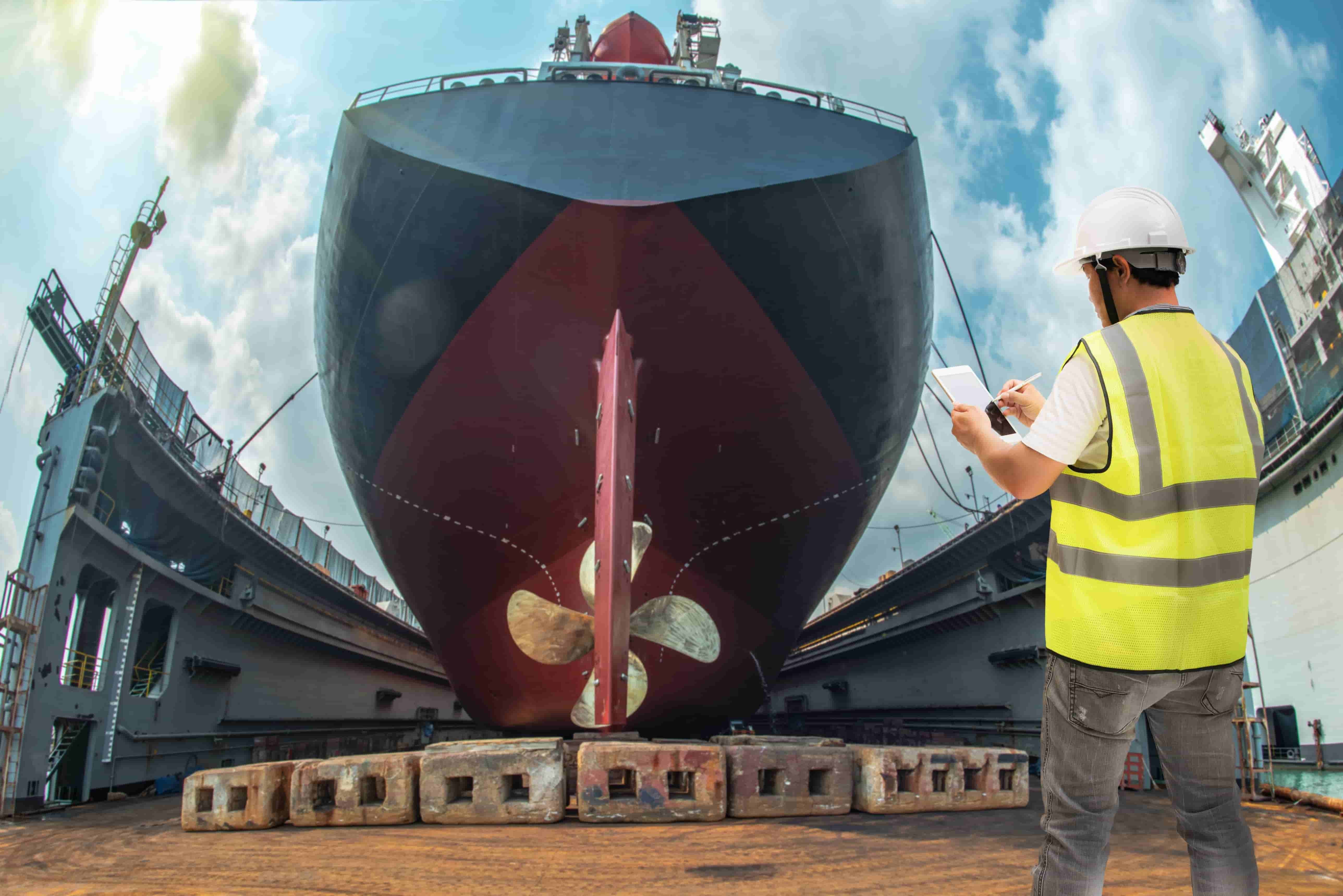
What is Dry Docking & Why Do Ships Do It?
30 May, 2023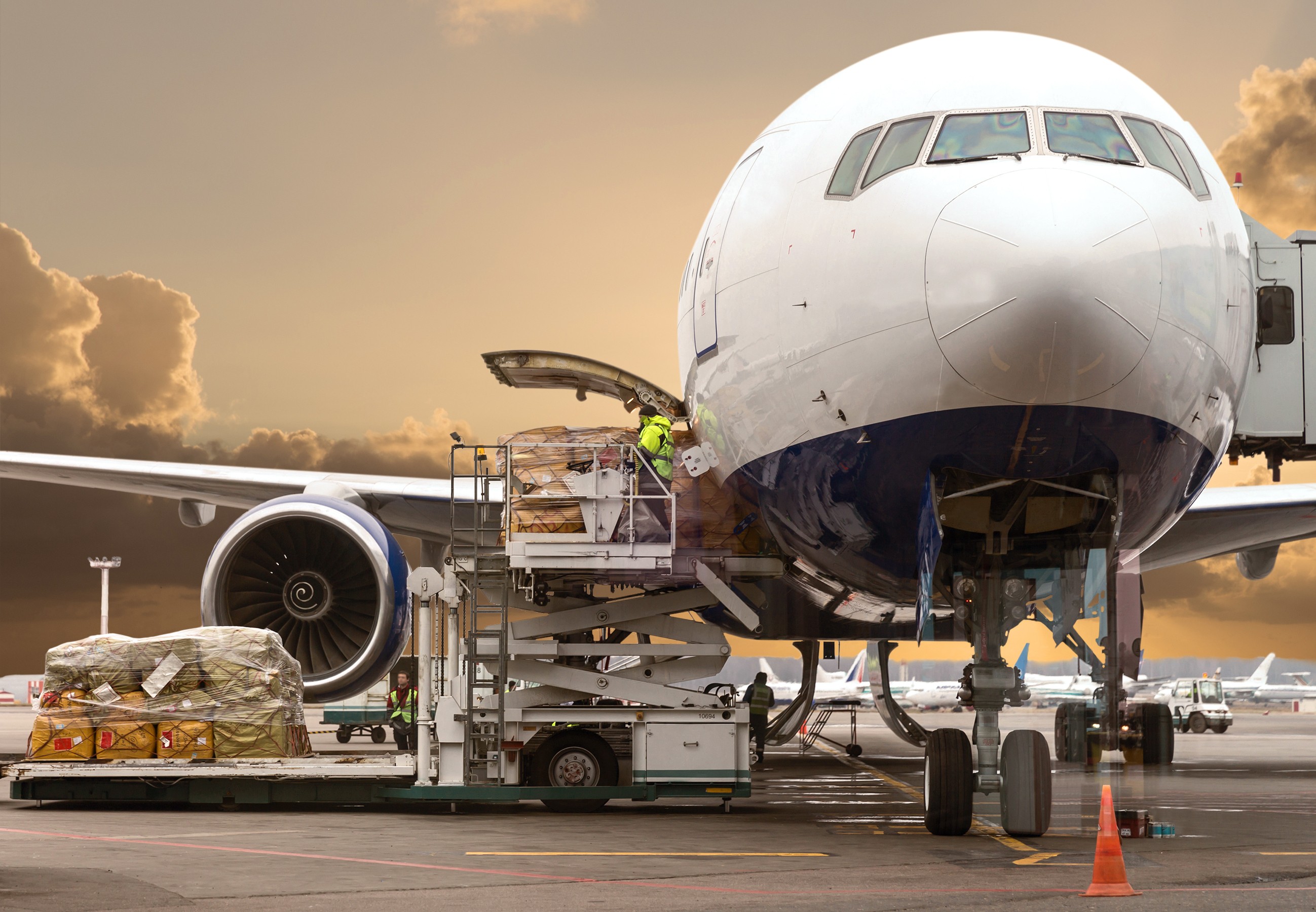
All You Need to Know About Air Freight
16 May, 2023
Ways Carriers Benefit from Contract Logistics
25 Apr, 2023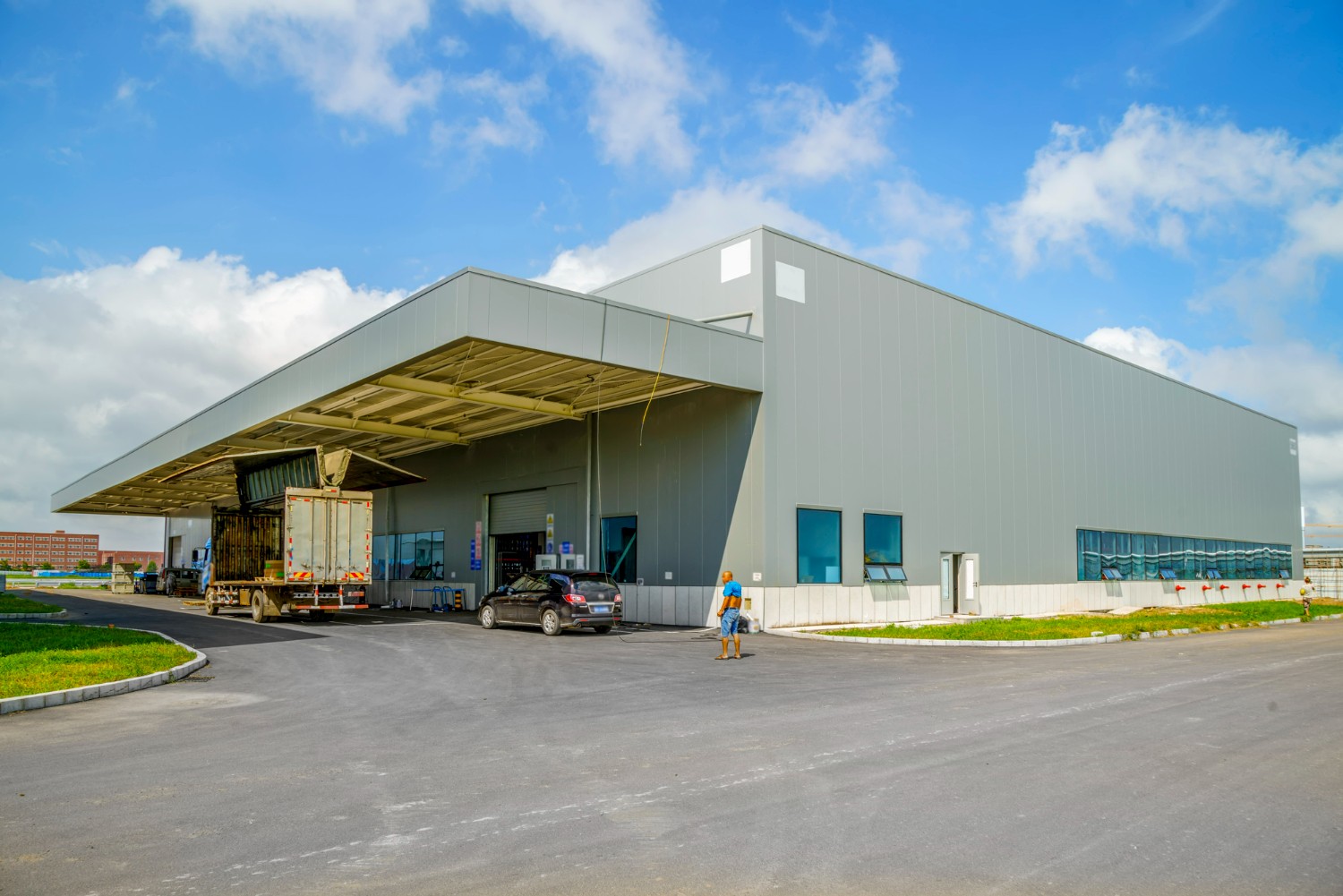
Pros and Cons of Contract Warehousing
27 Mar, 2023641c5faf72d6a.jpg)
Advantages of Freight Consolidation
23 Mar, 2023
All You Need to Know About Freight Charges
27 Feb, 2023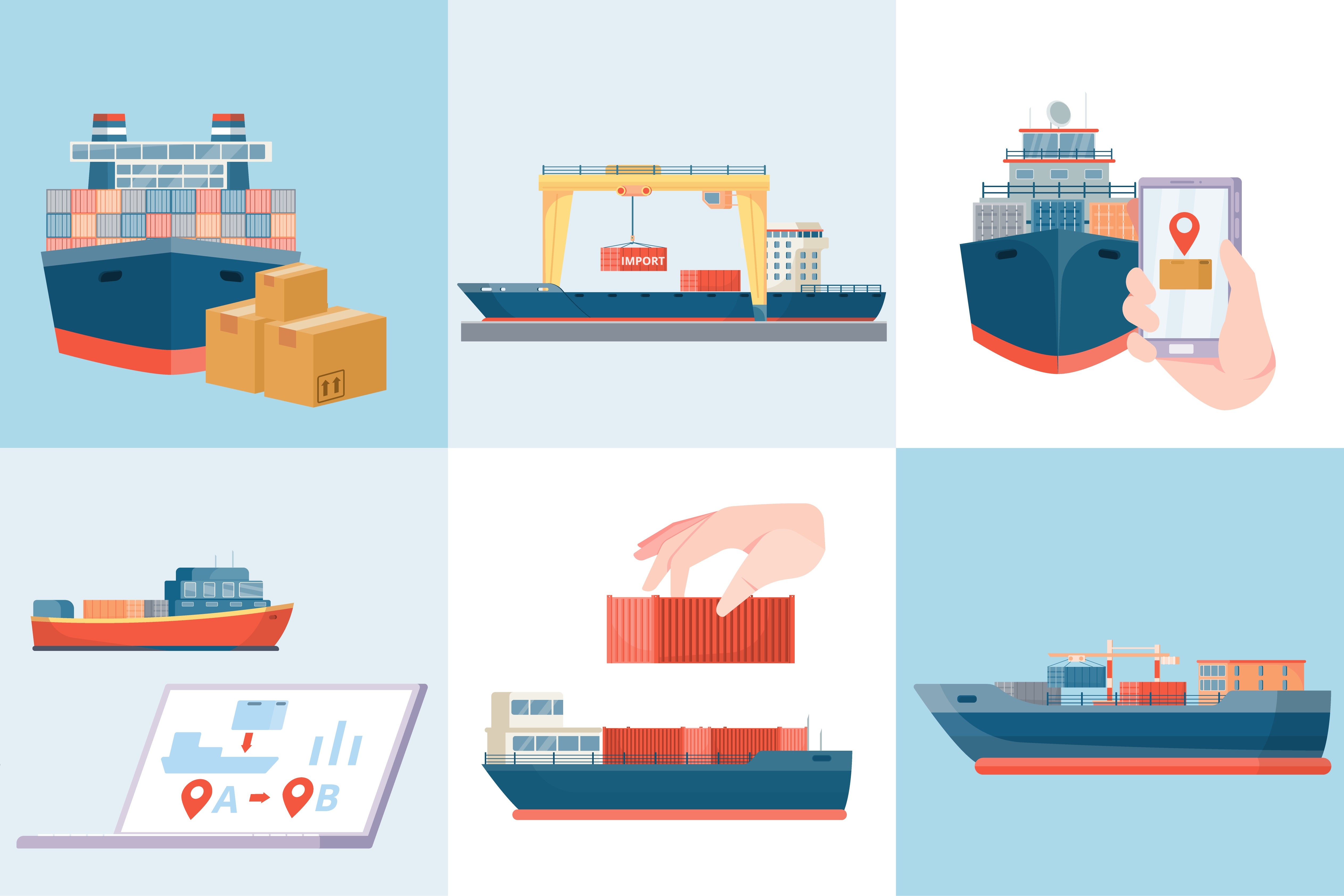
How to Find A Good Freight Forwarder?
24 Jan, 2023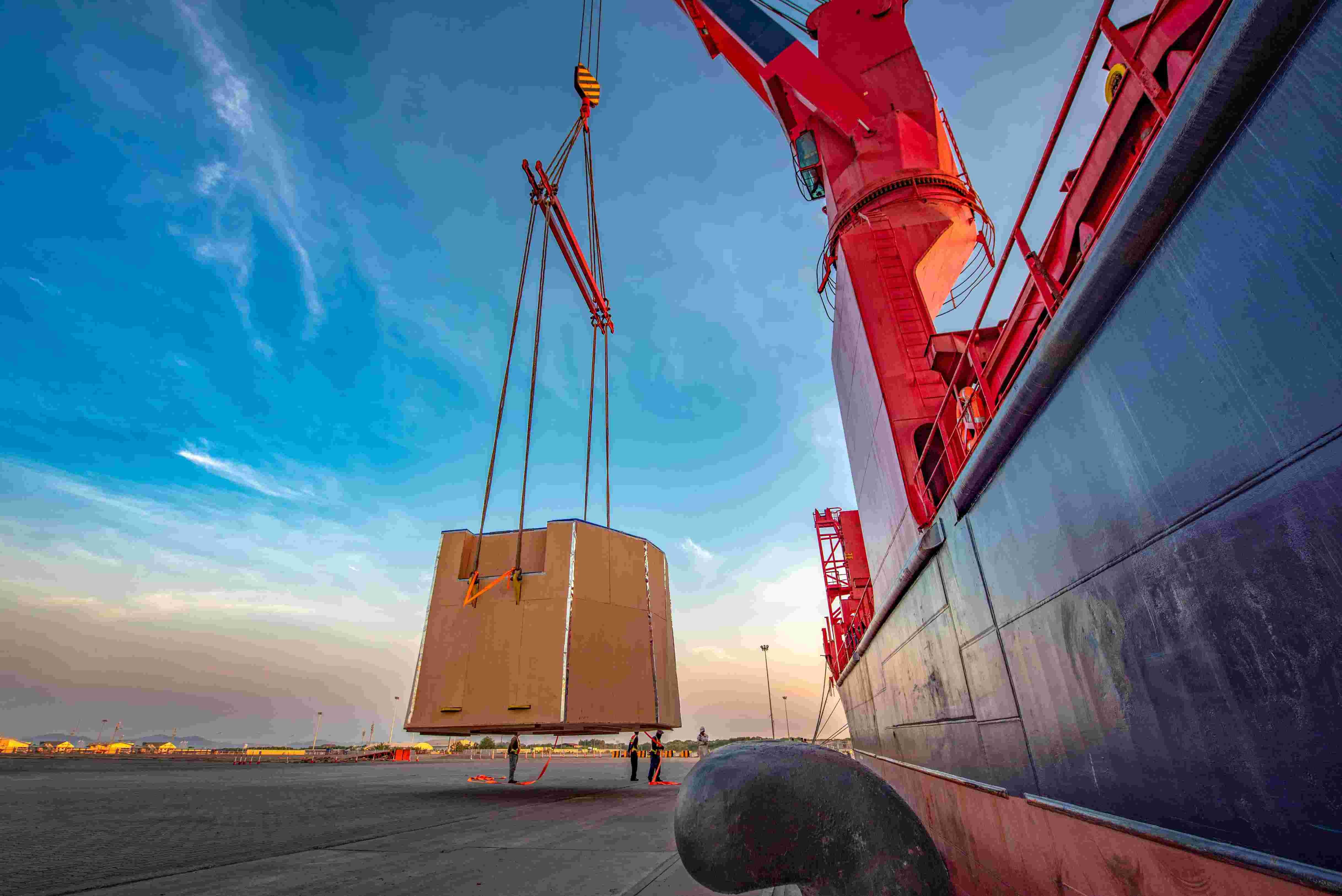
What is Project Cargo and How is it Transported?
07 Nov, 2022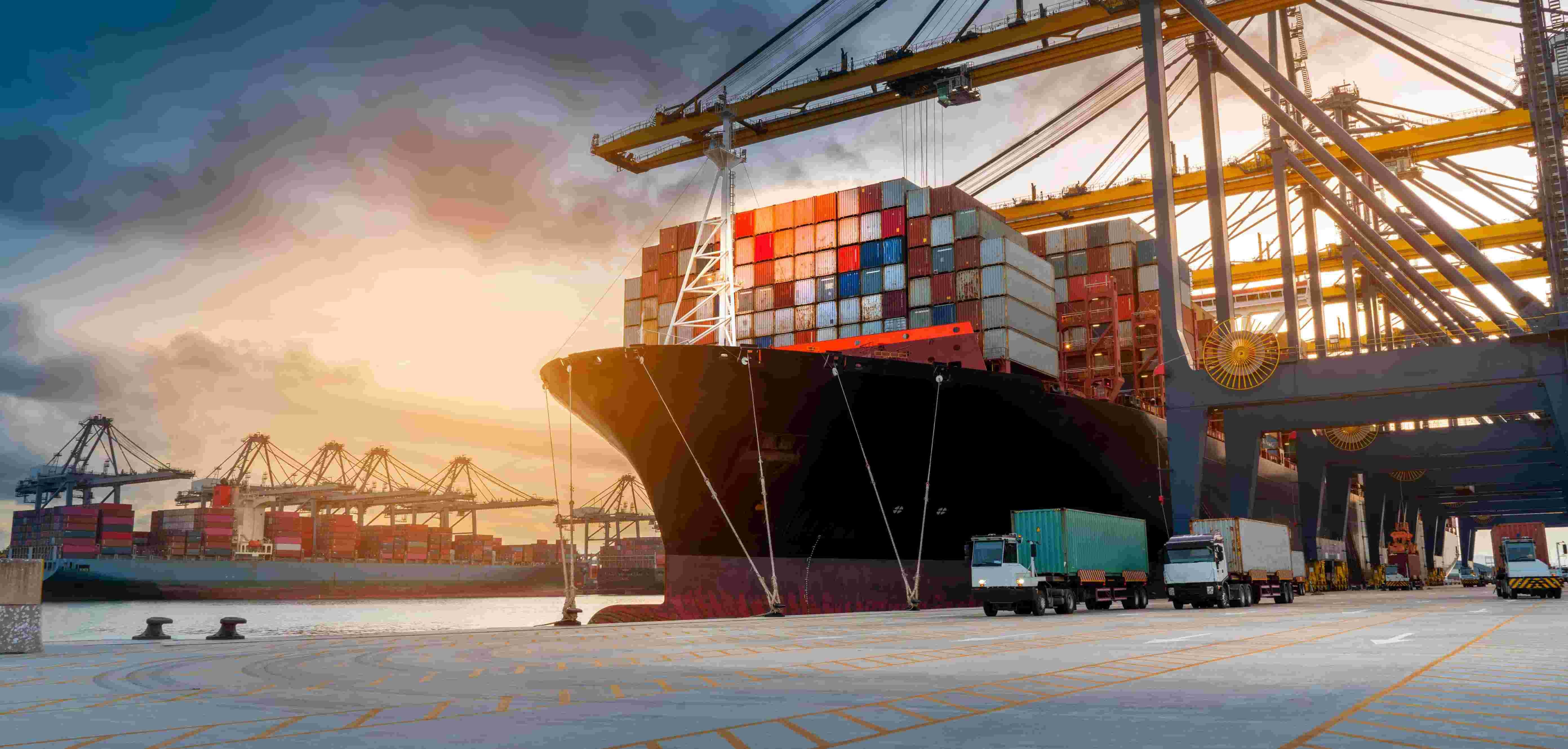
How International Ocean Freight Shipping Works
25 Oct, 2022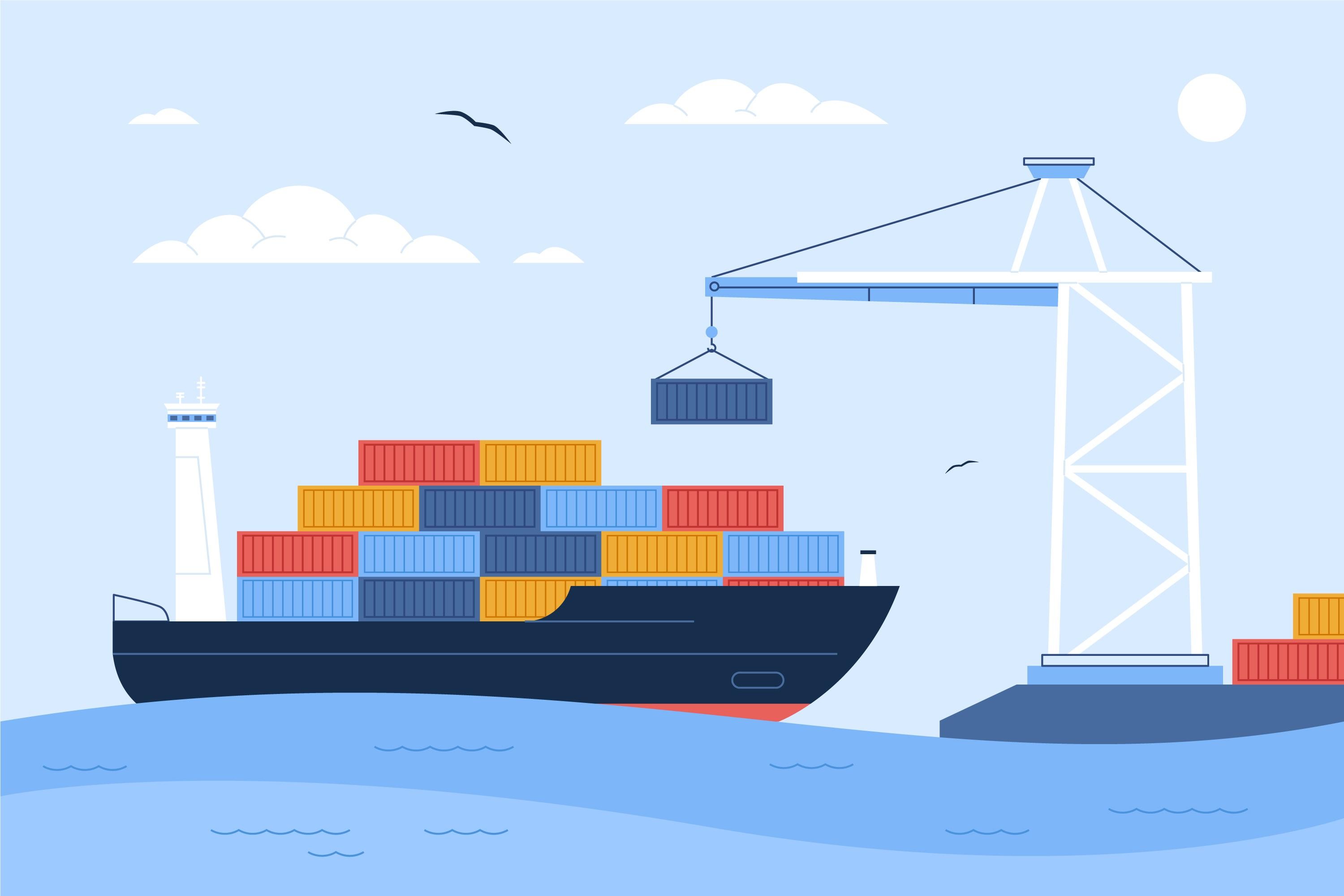
How does LCL shipping work?
26 Sep, 2022
8 Ways to Optimize Your 3PL Relationship
22 Sep, 2022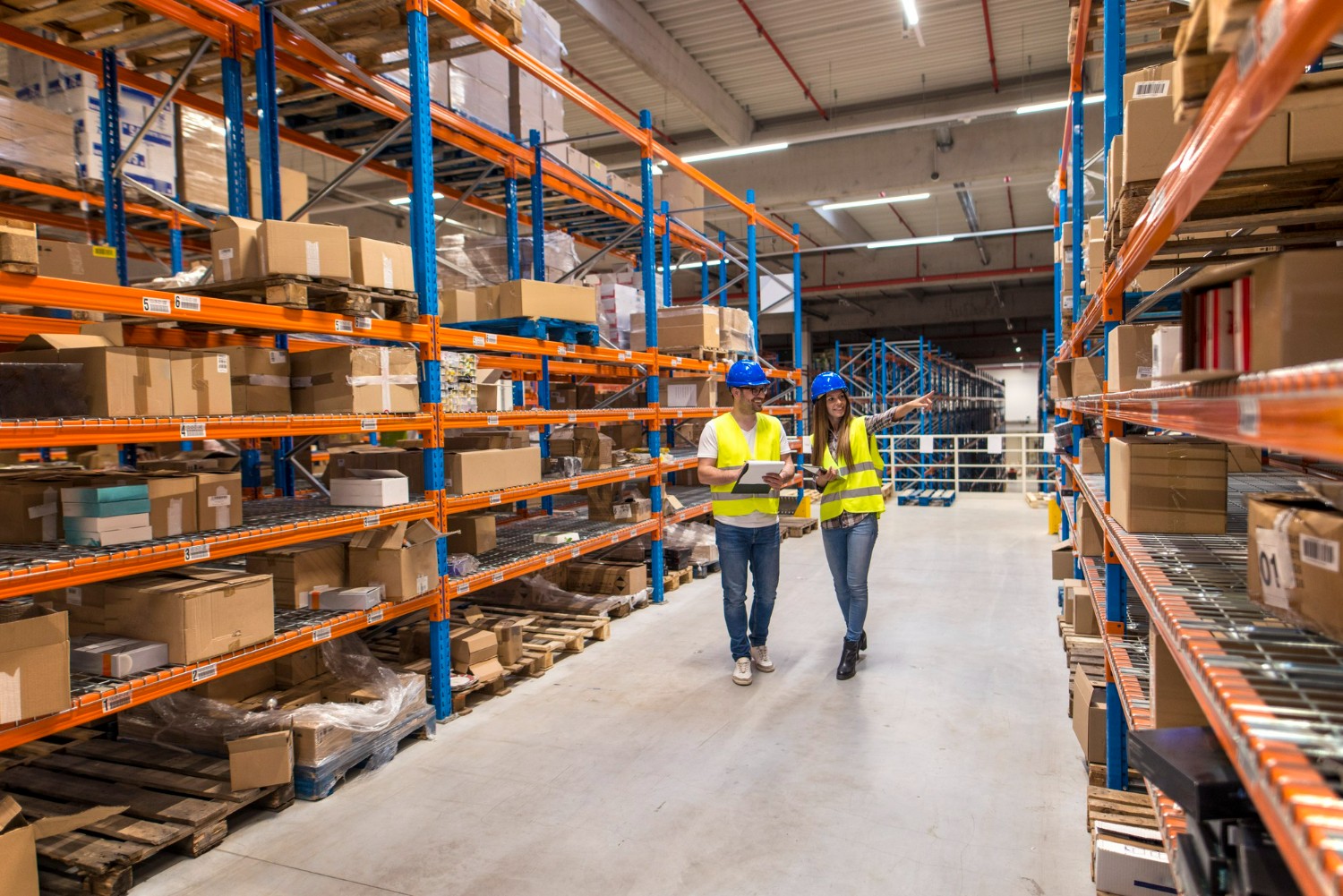
Benefits Of Using An Outsourced Warehouse
22 Aug, 2022
Importance of Cargo Insurance
30 Jul, 2022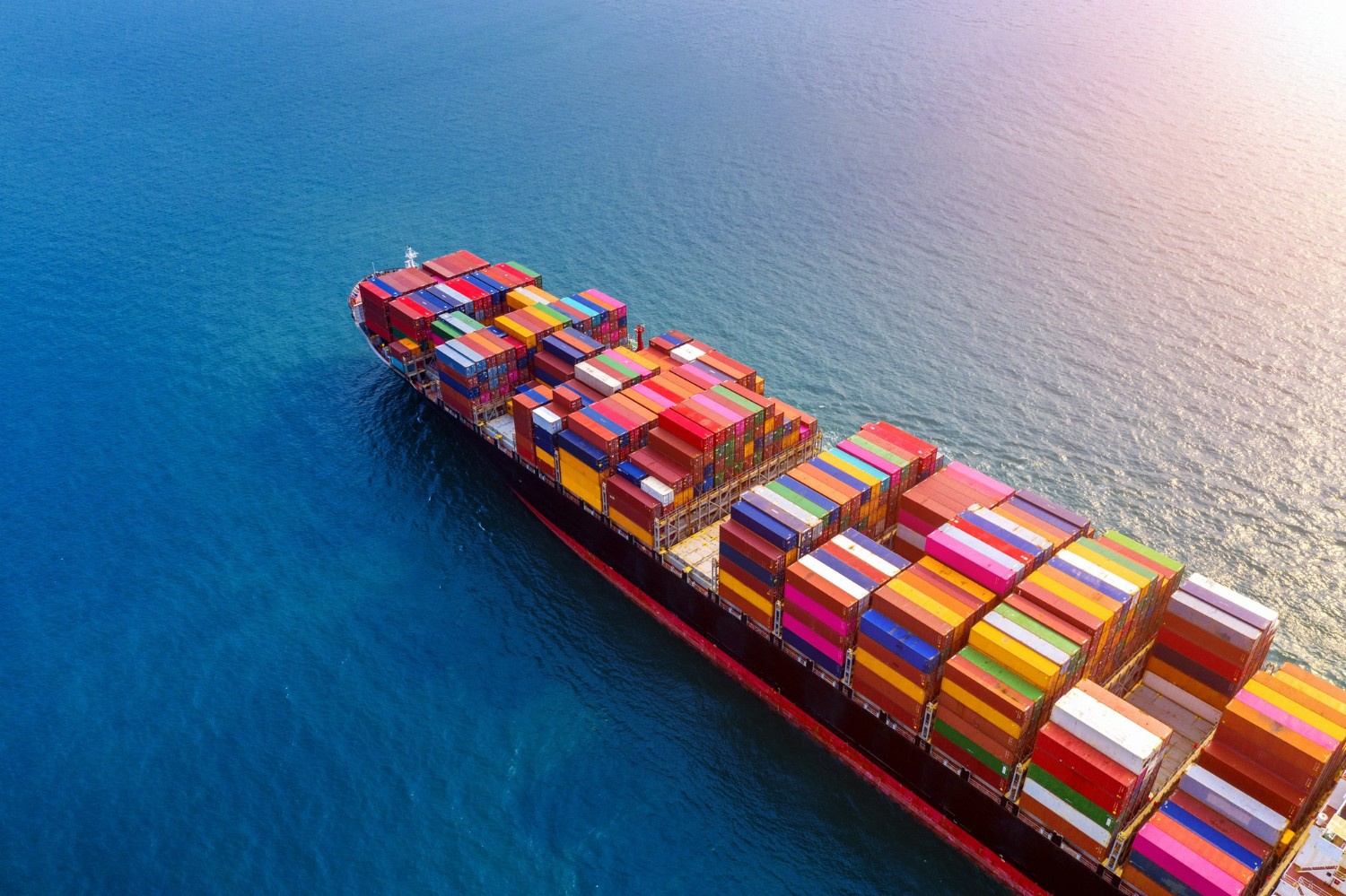
Top 10 Benefits of Ocean Freight Shipping
22 Jun, 2022
LCL or FCL - Which is Right for Your Cargo?
26 May, 2022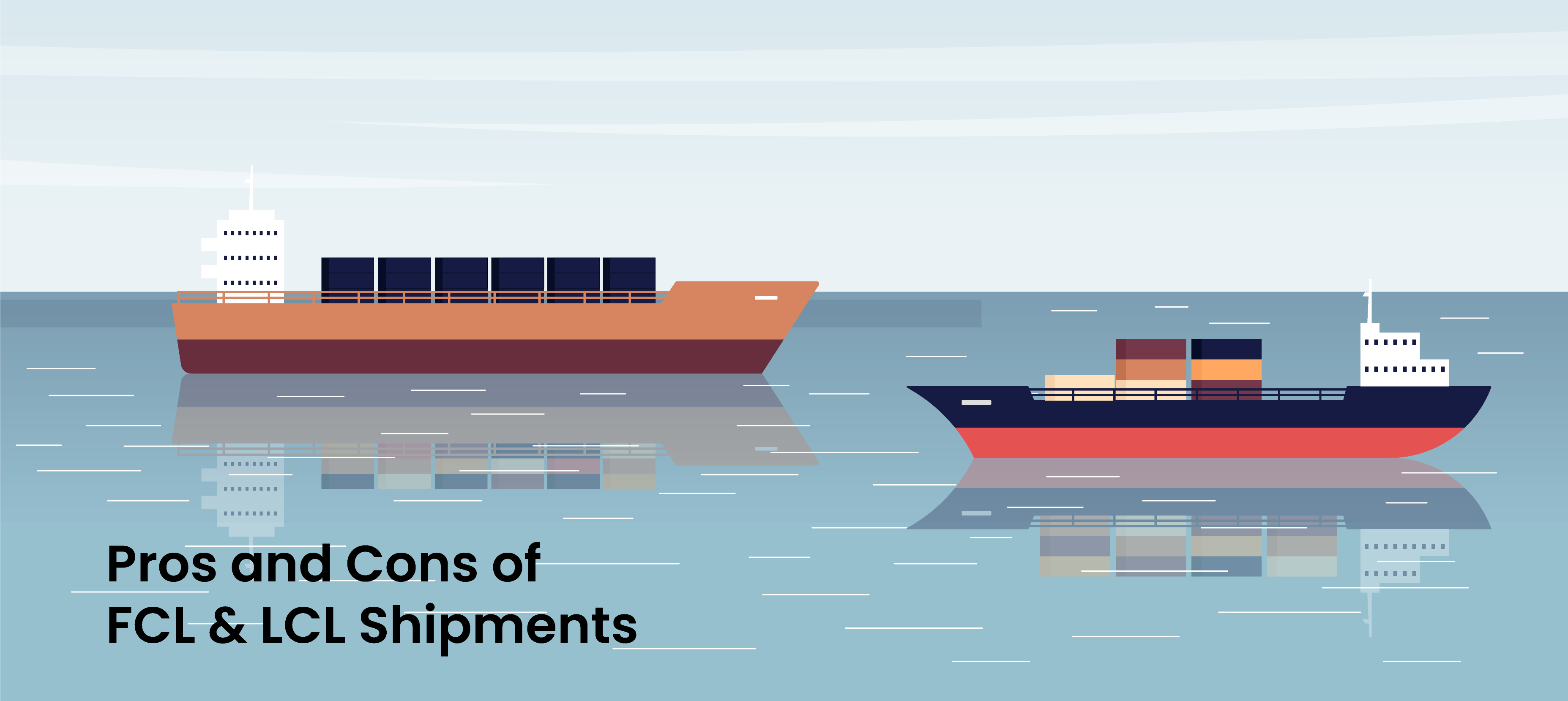
Pros and Cons of FCL & LCL Shipments
21 May, 2022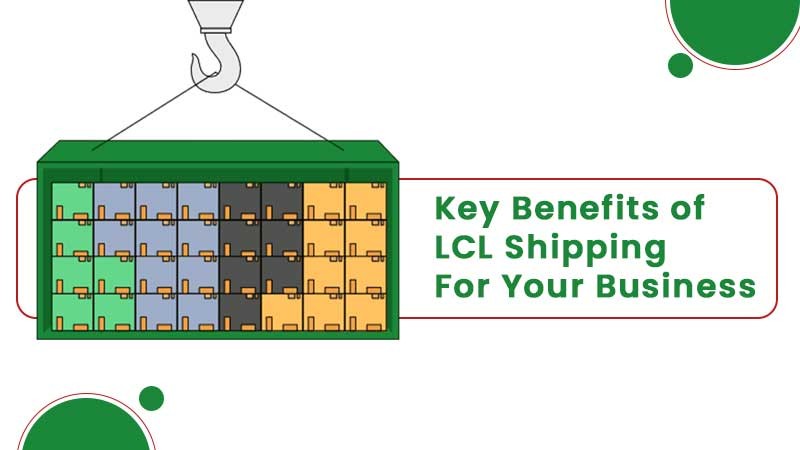
Key Benefits of LCL Shipping for Your Business
28 Jan, 2022

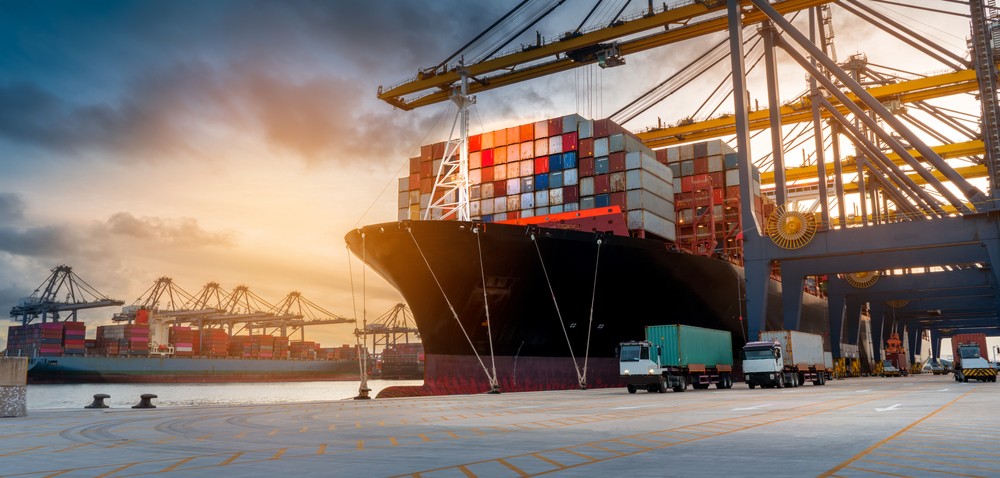
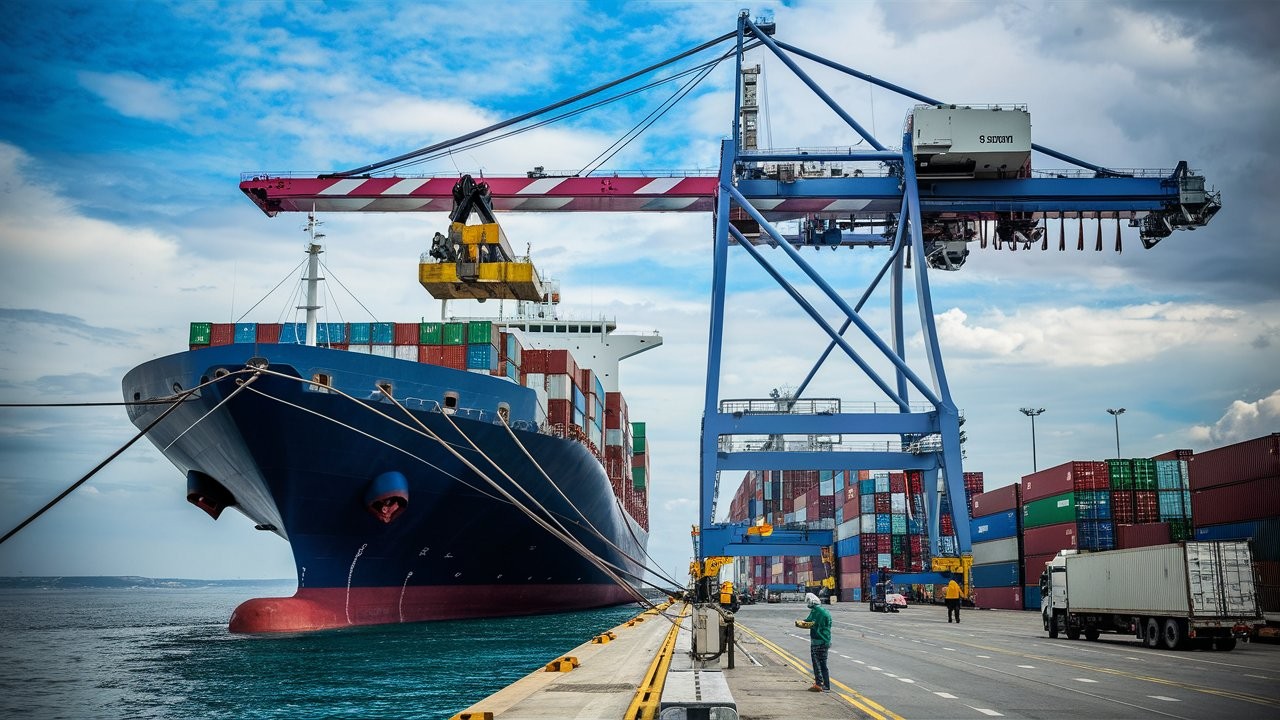
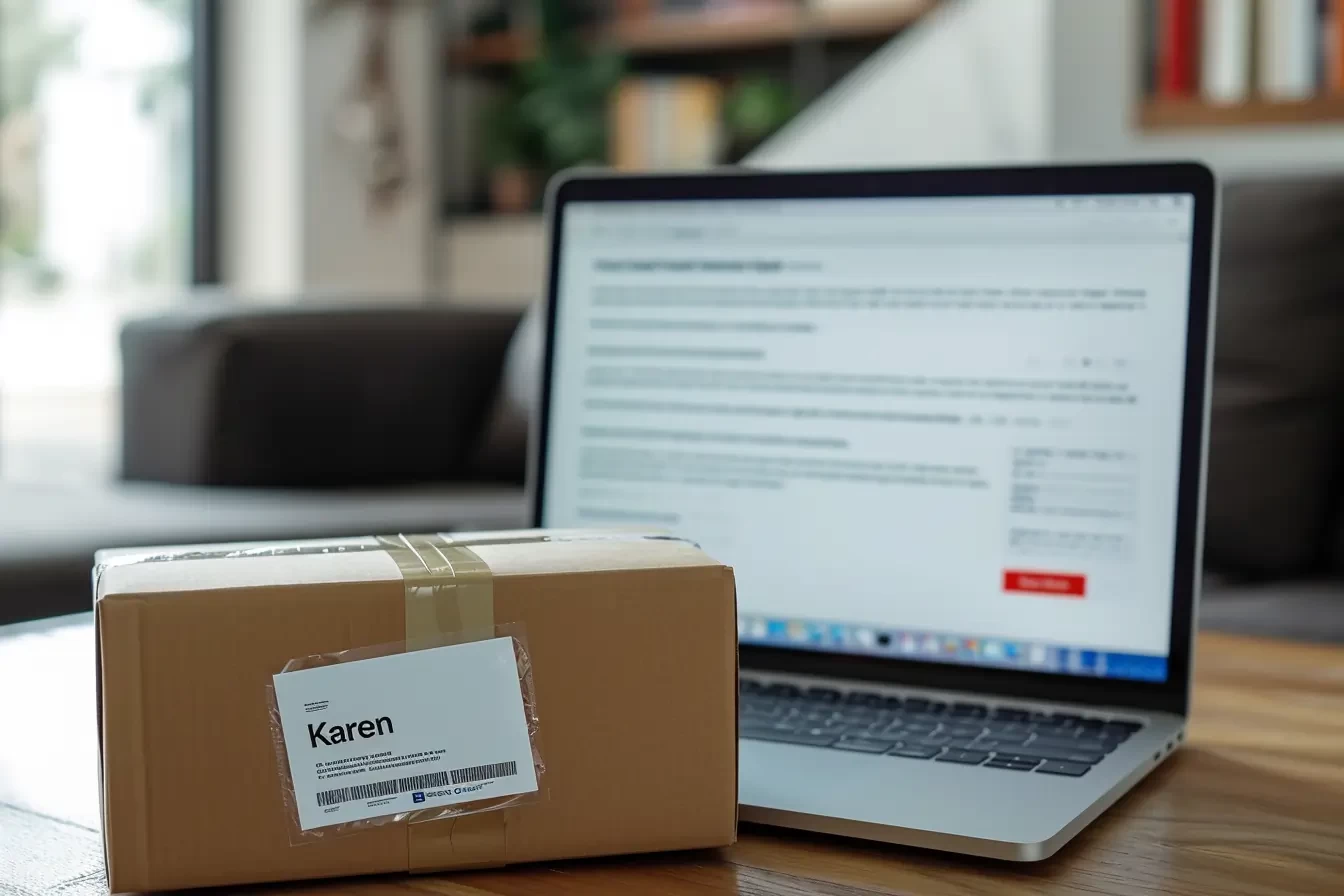
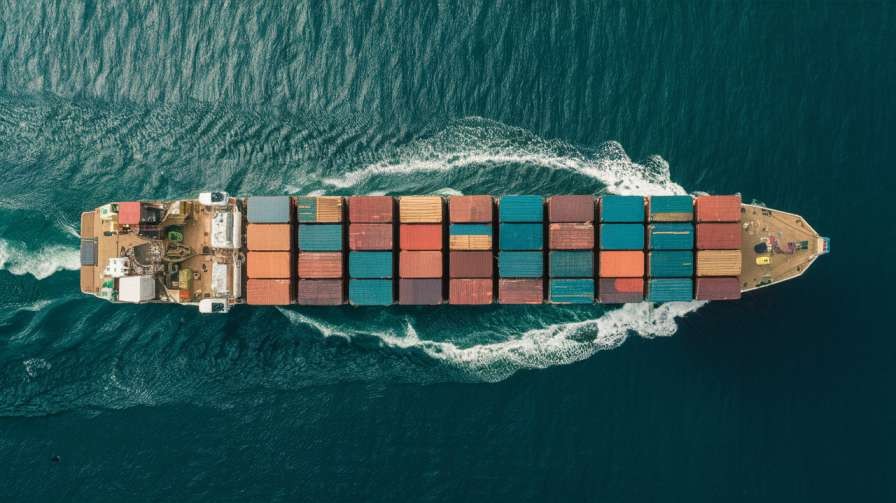
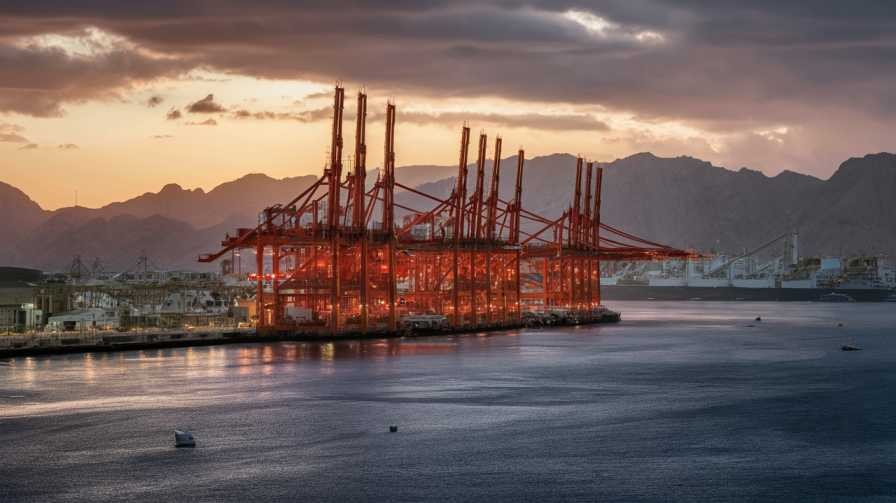
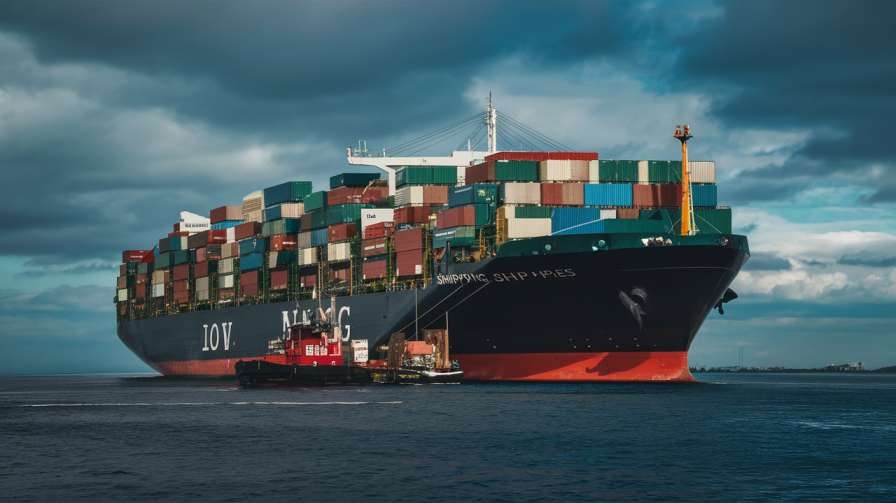
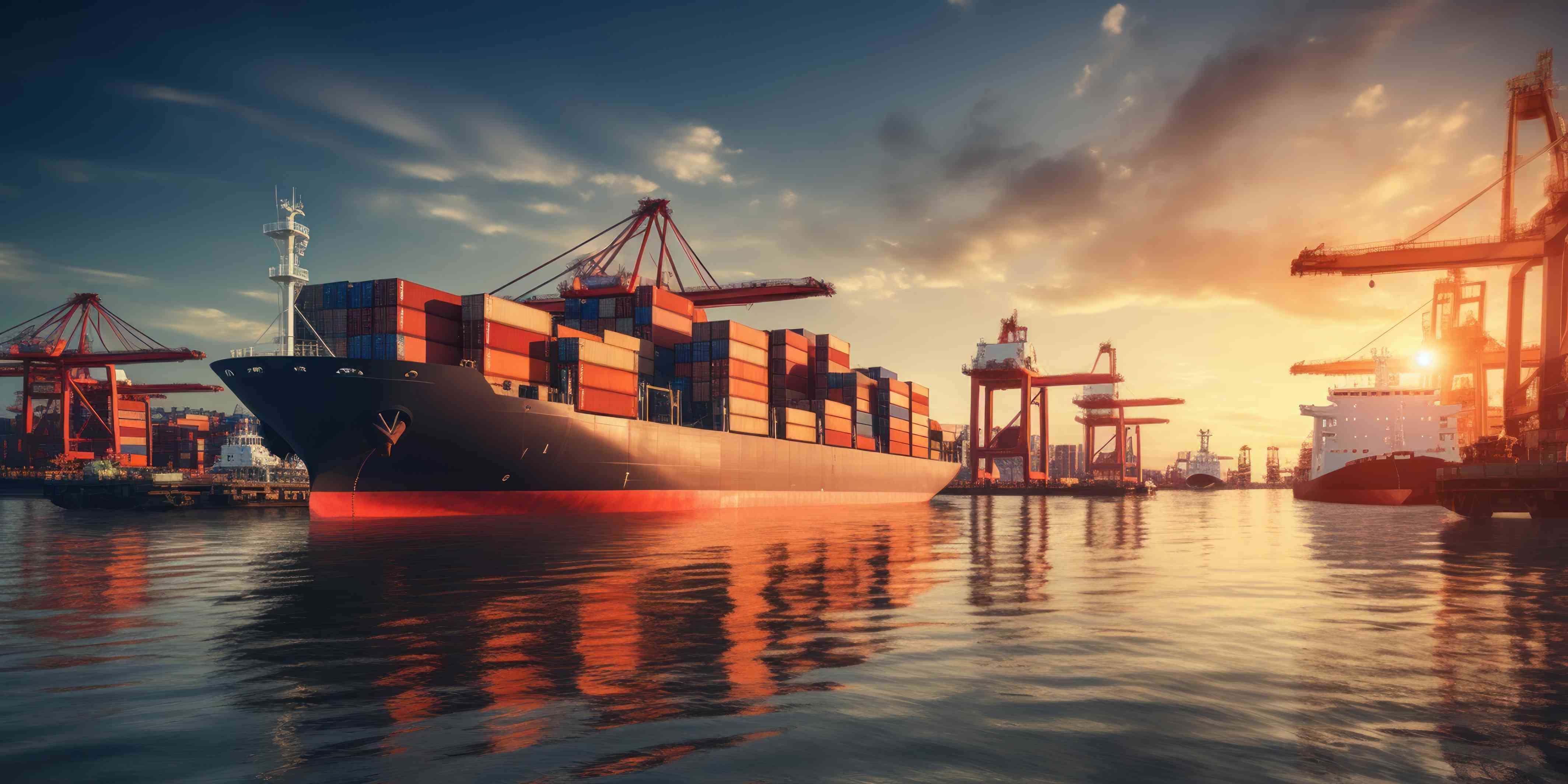
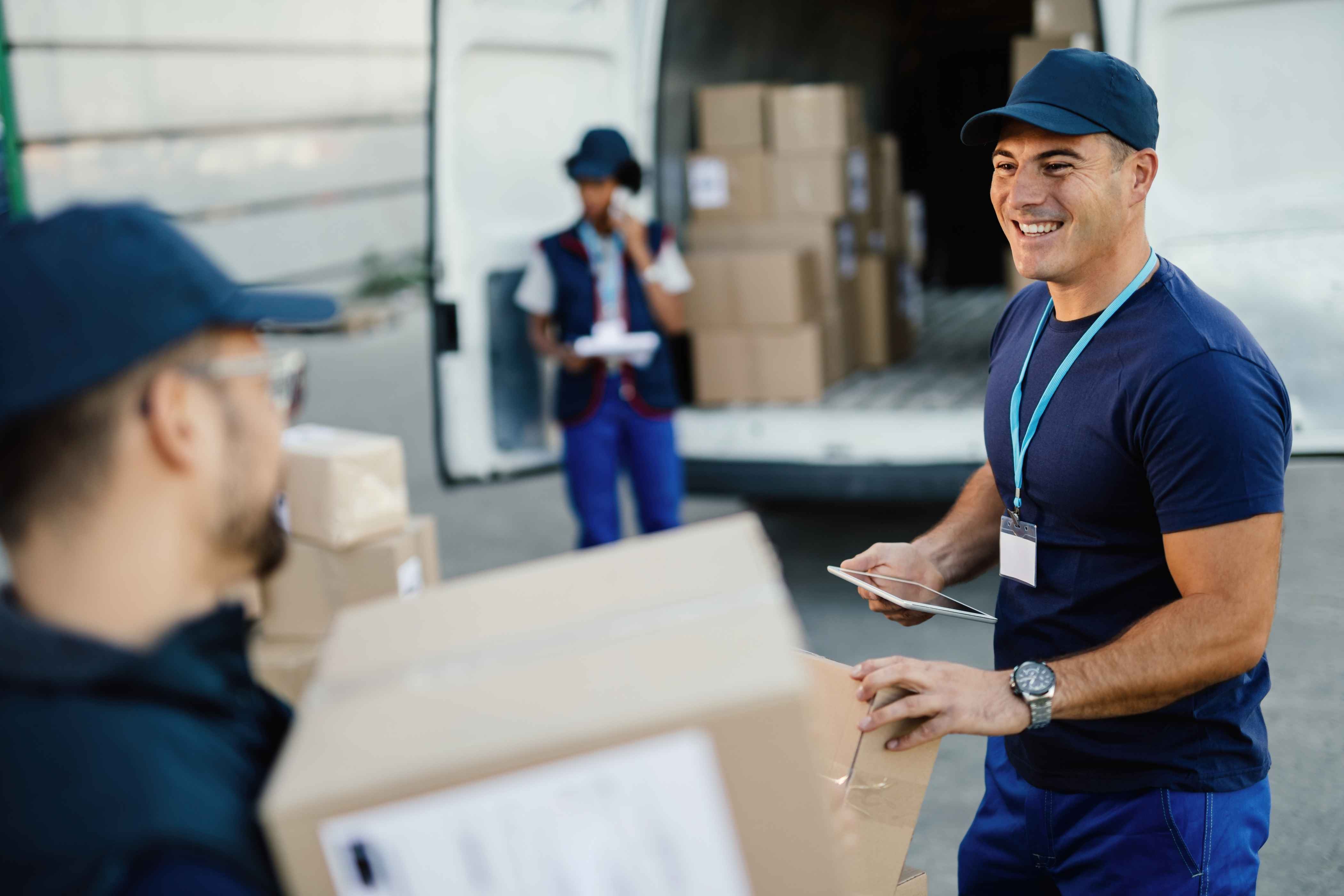
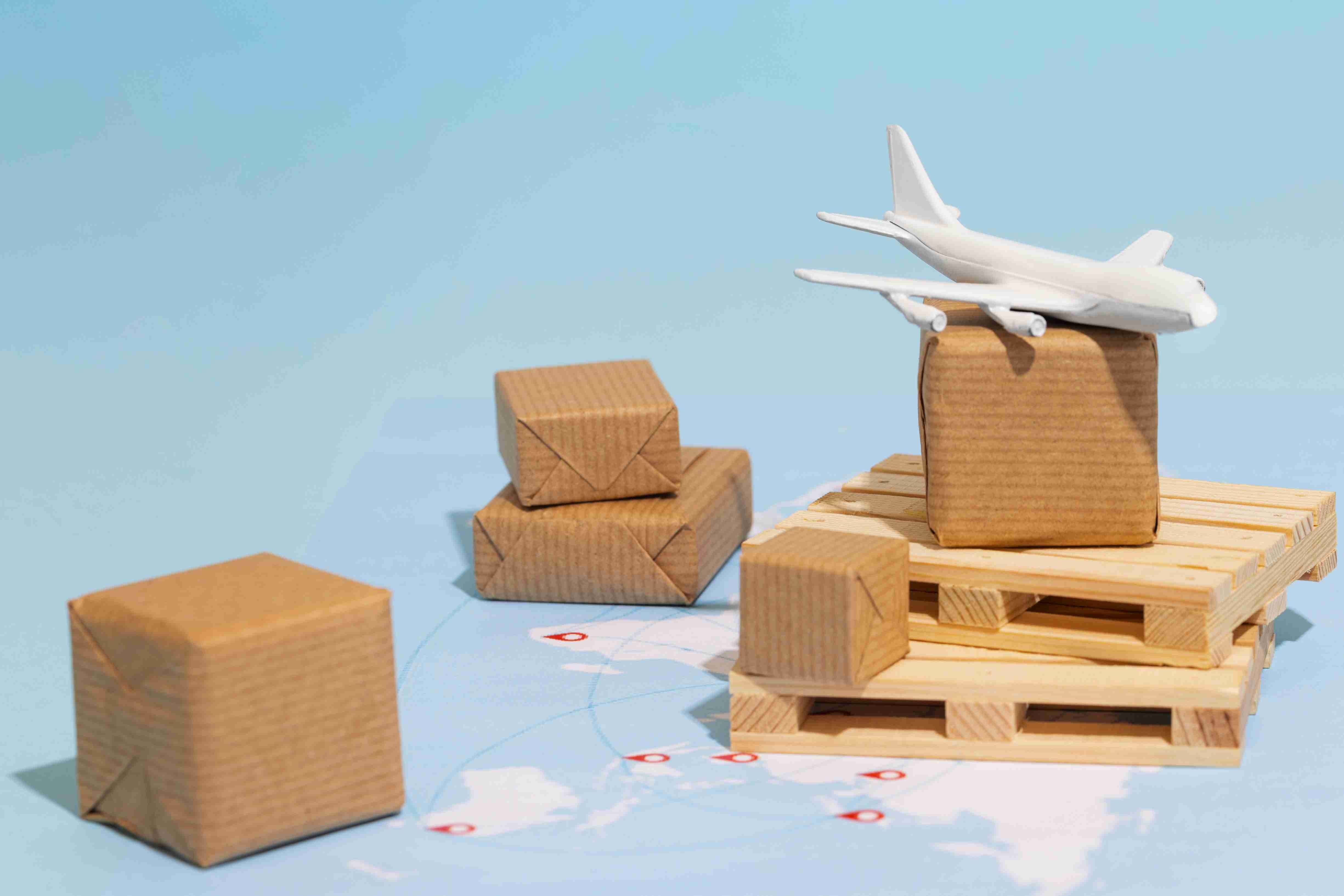
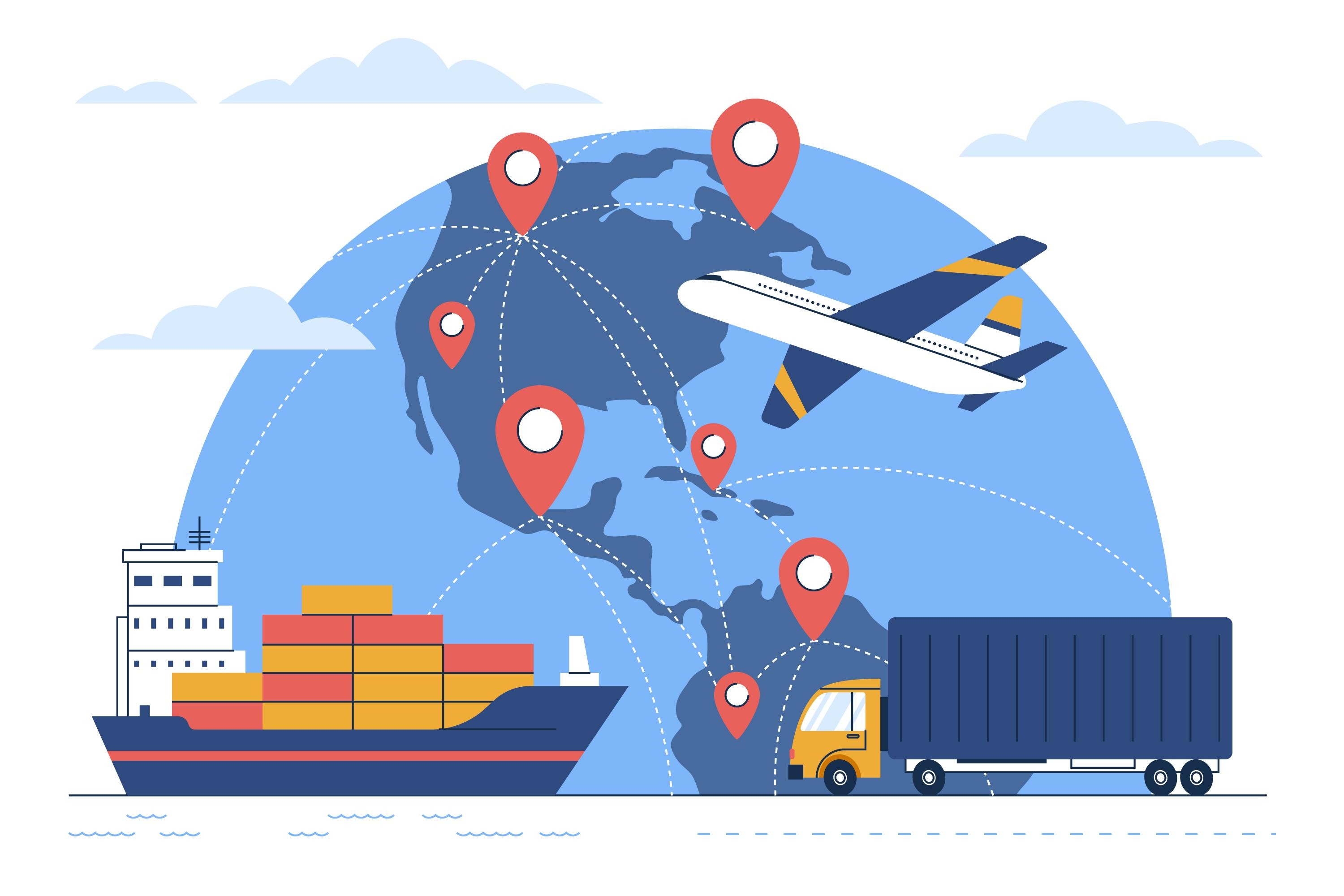


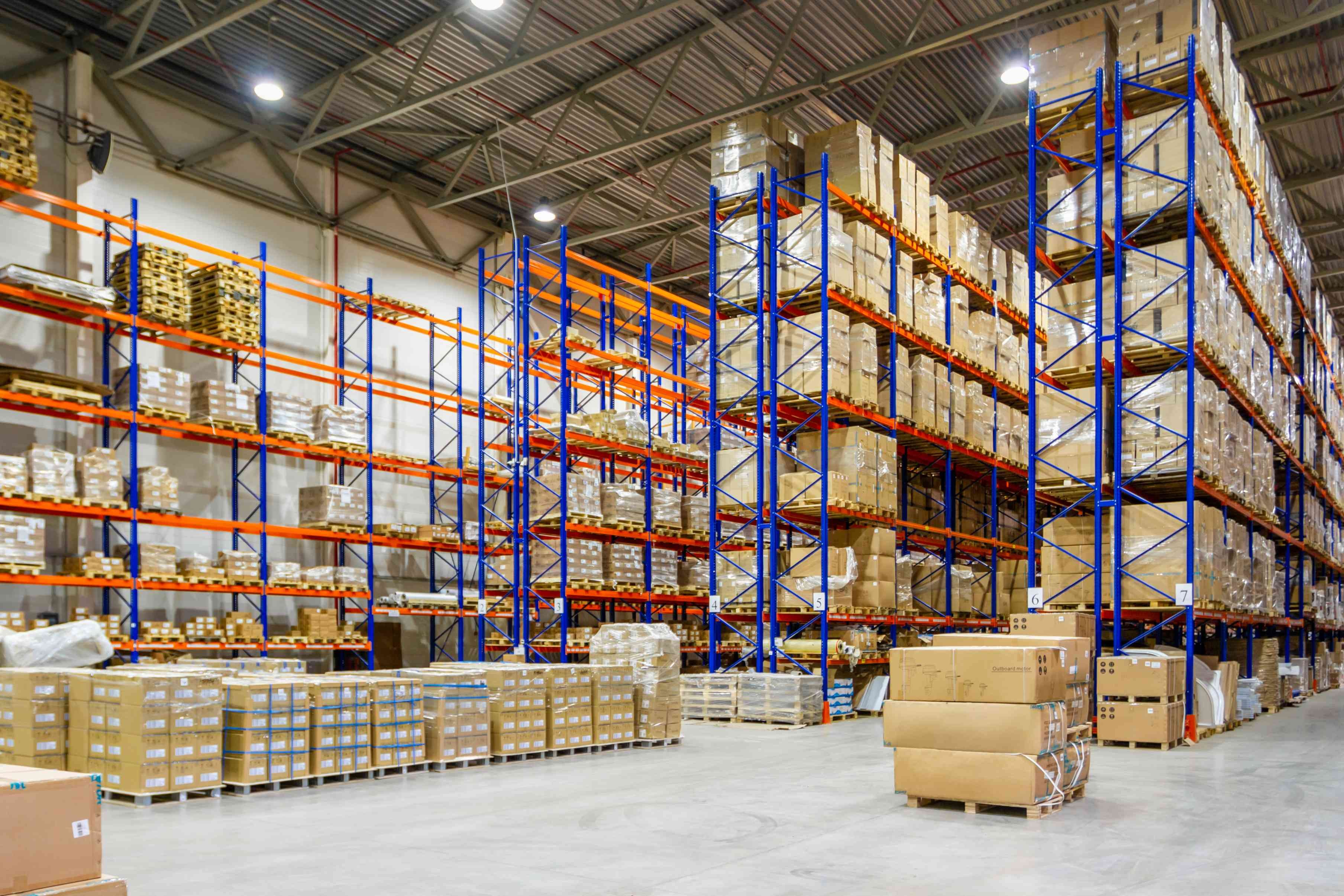

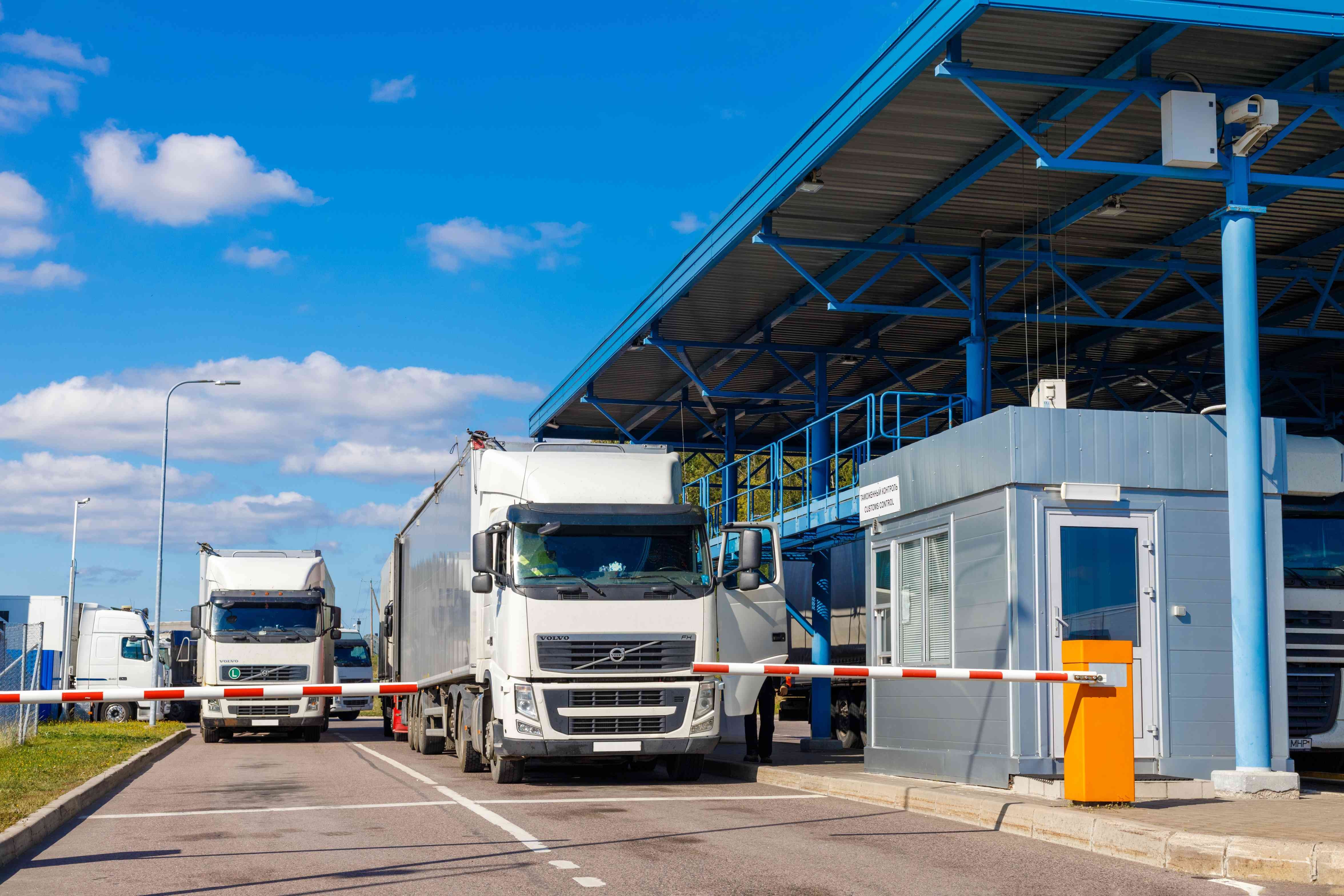
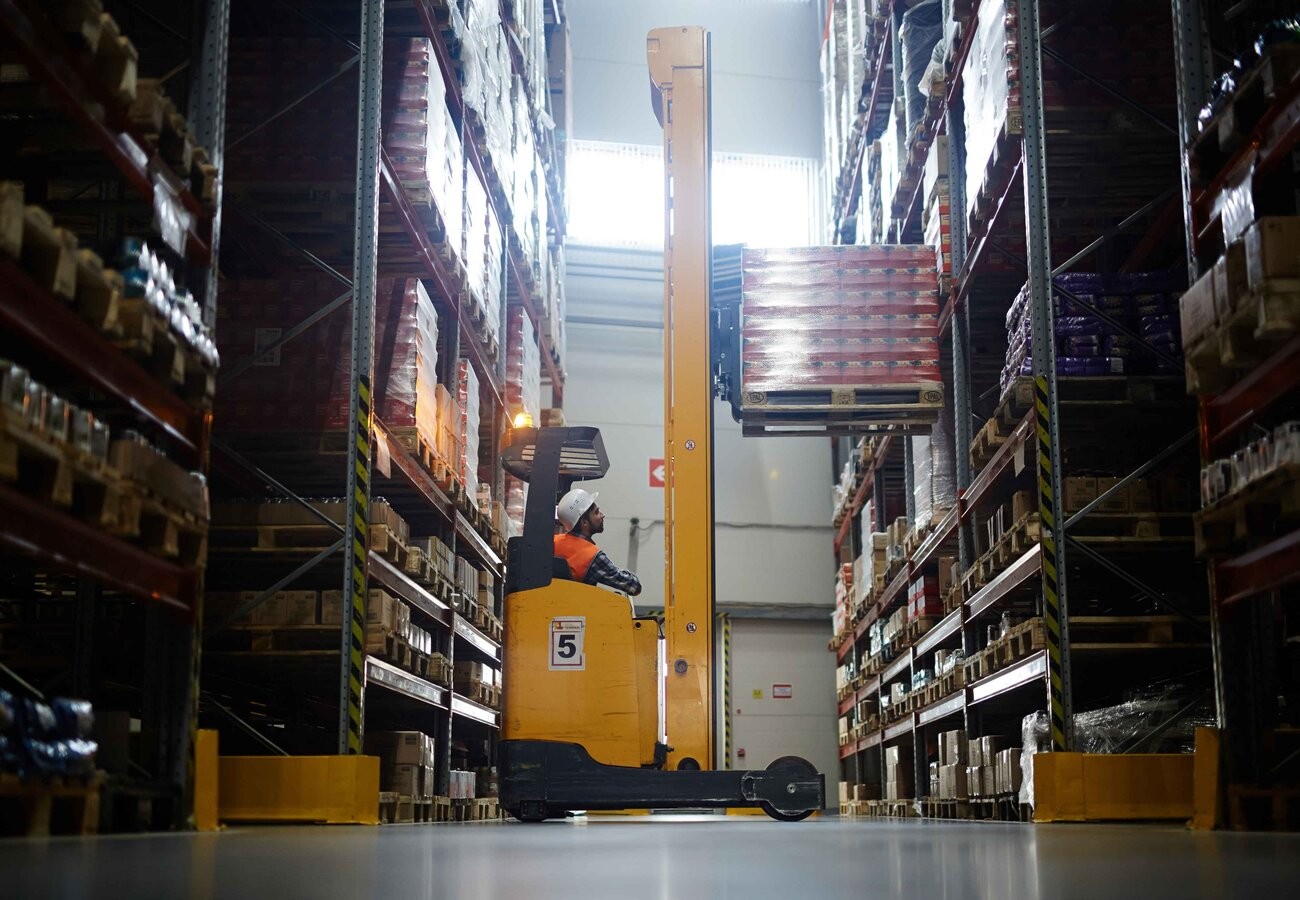
64ef6d522bd5d.jpg)
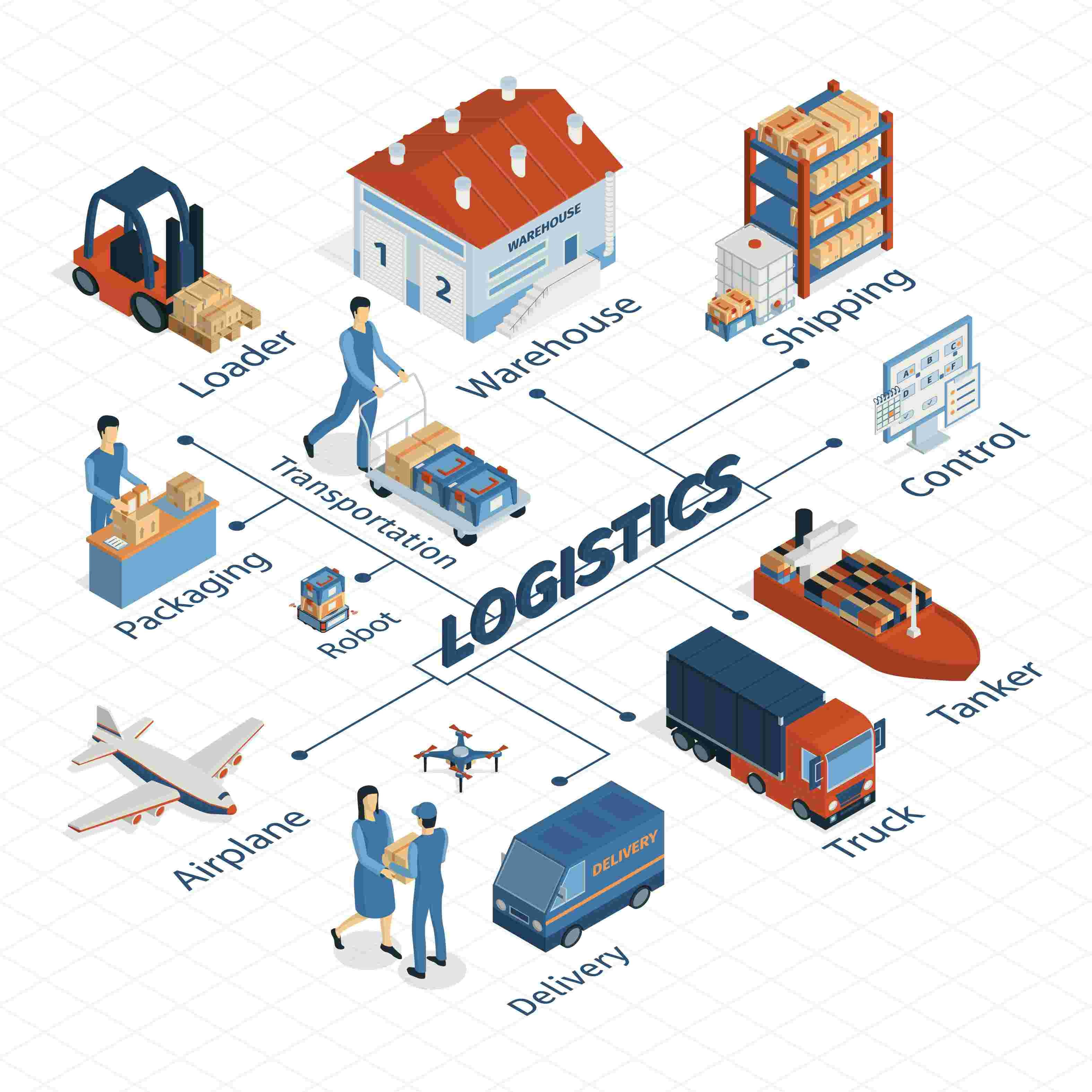
64a477953e86e.jpg)
643ff0cfeaf4e.jpg)
63fcb9023ba5f.jpg)
63d94f83c4432.jpg)
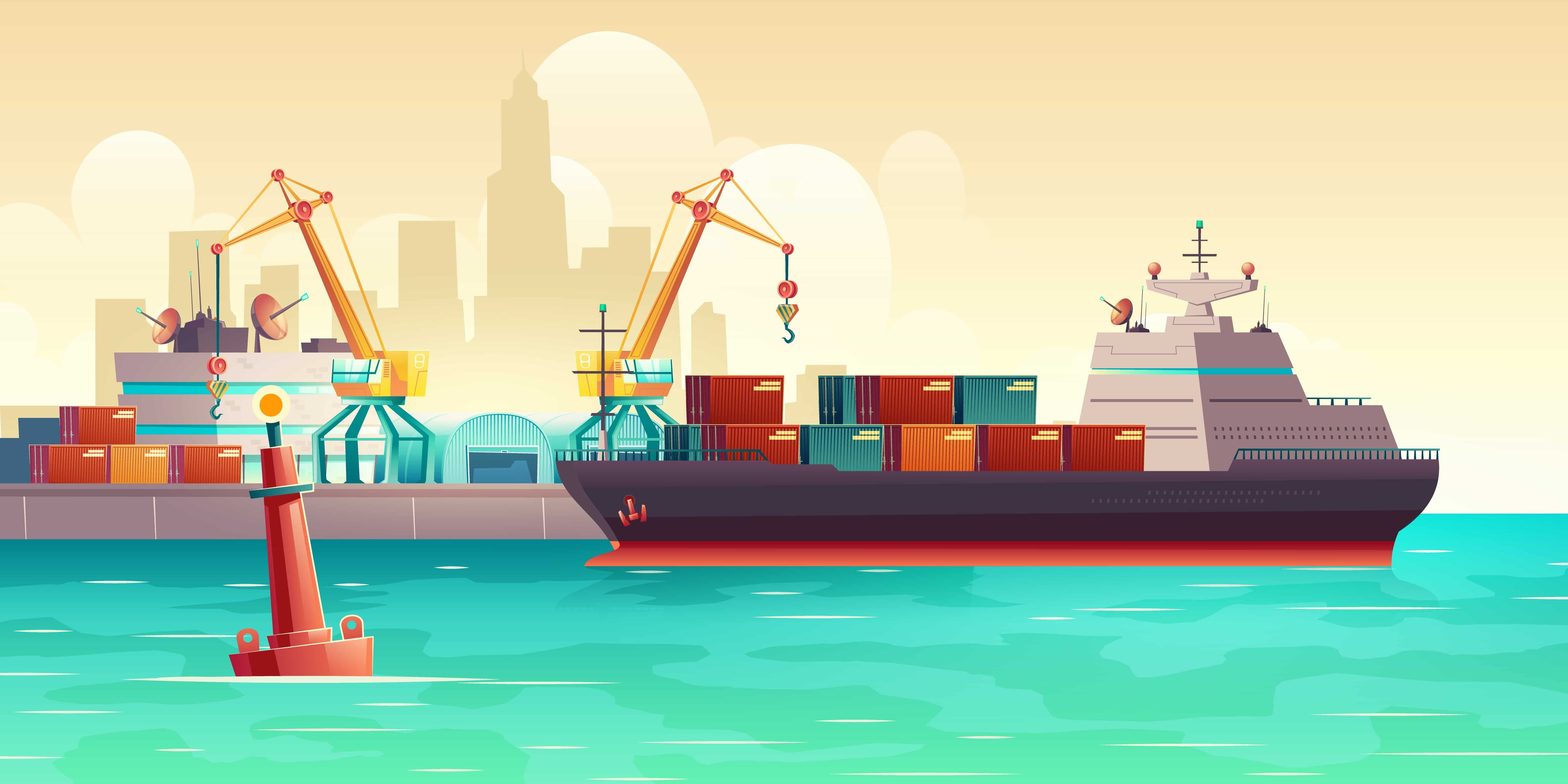

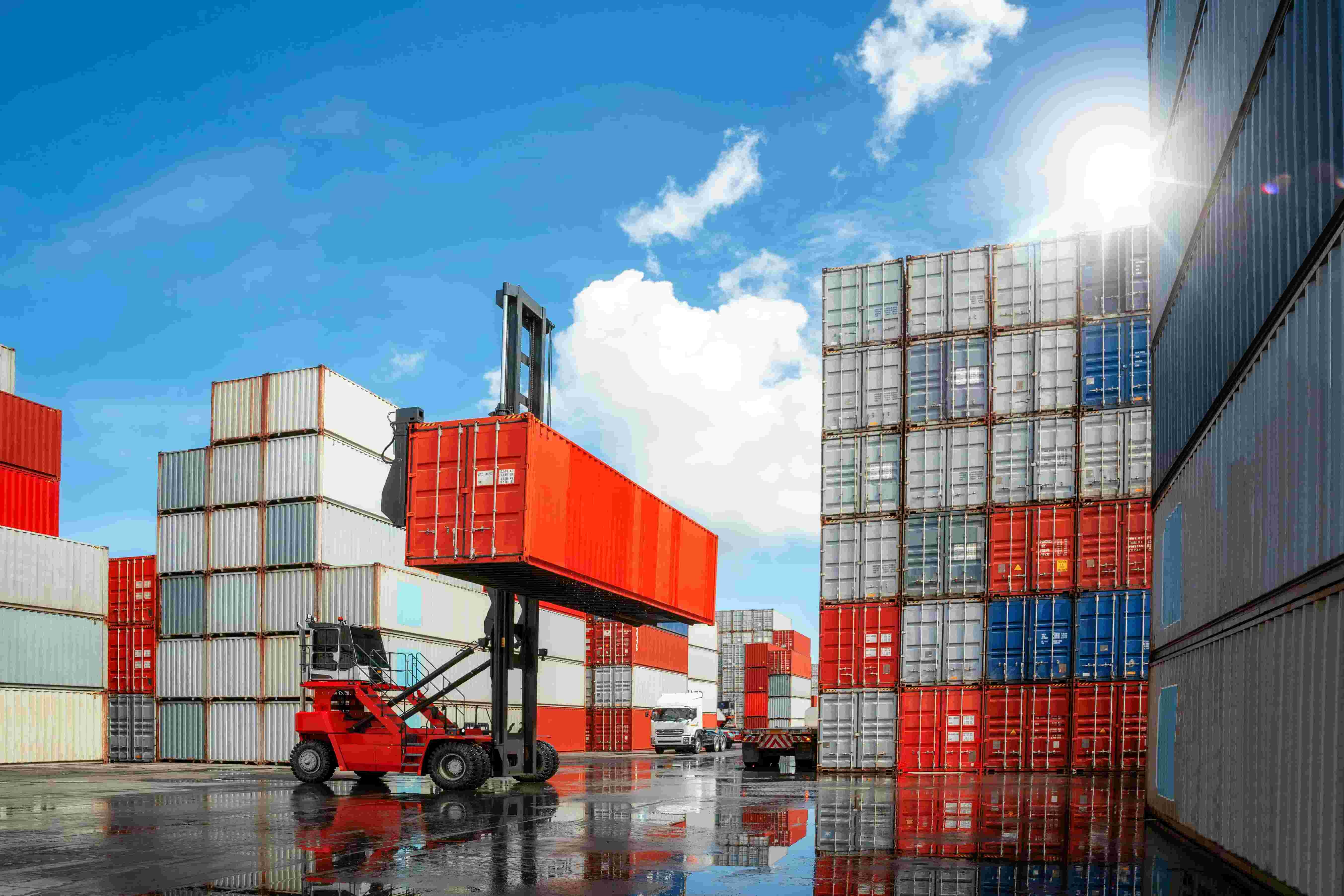
637611972635b.jpg)
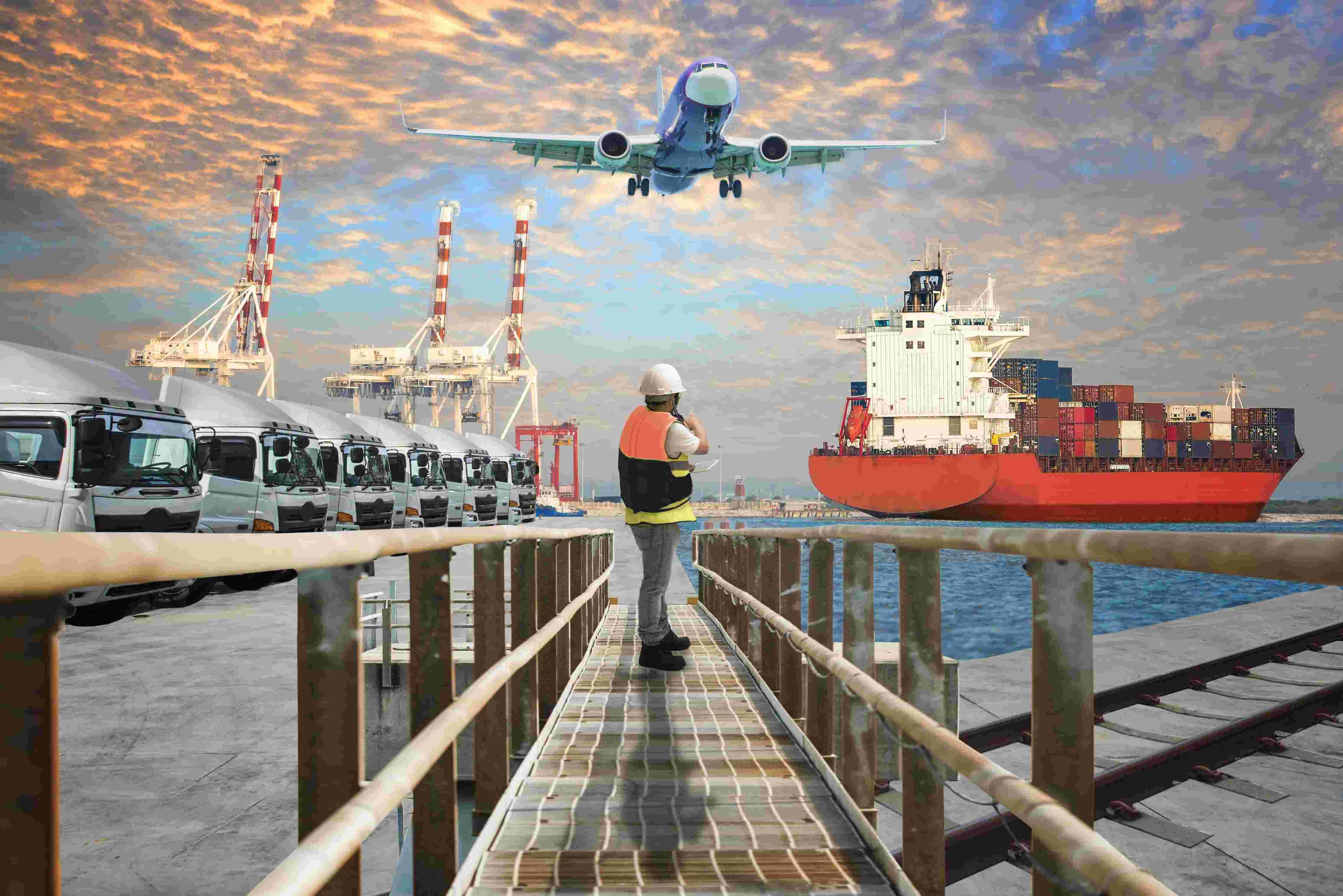
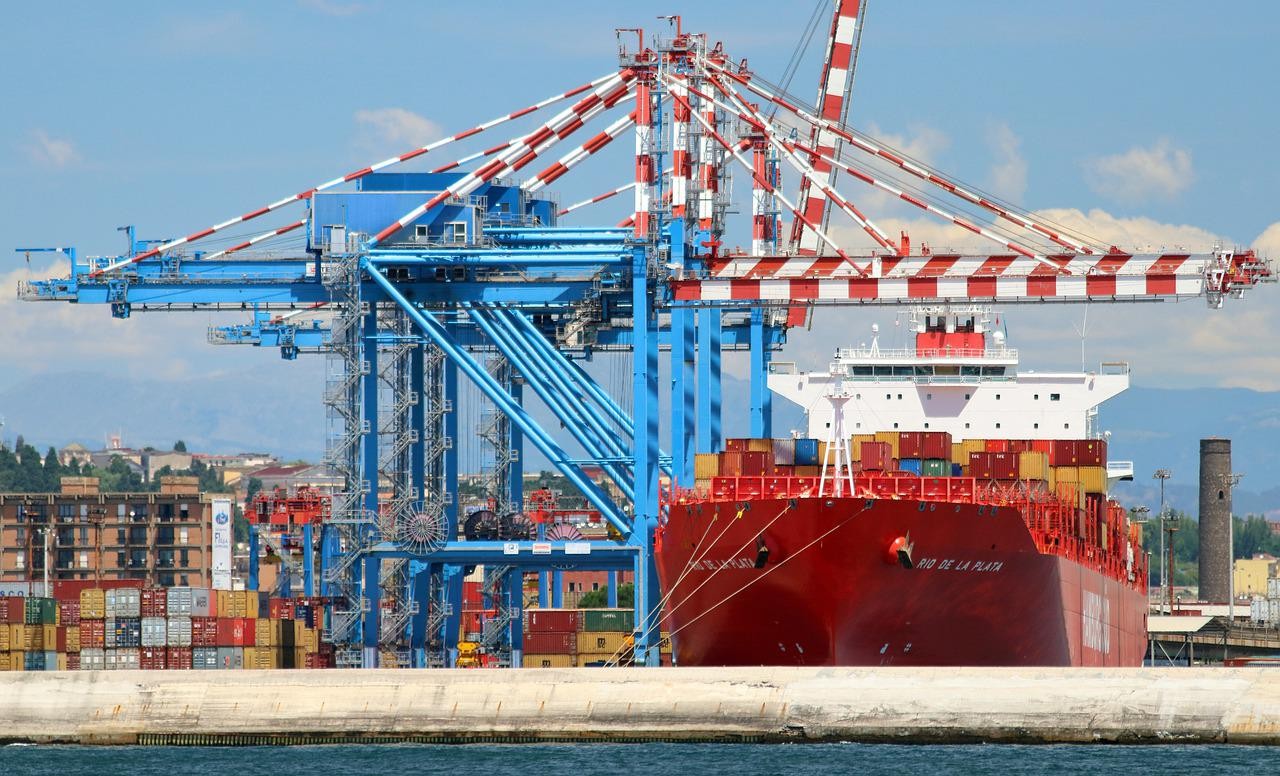


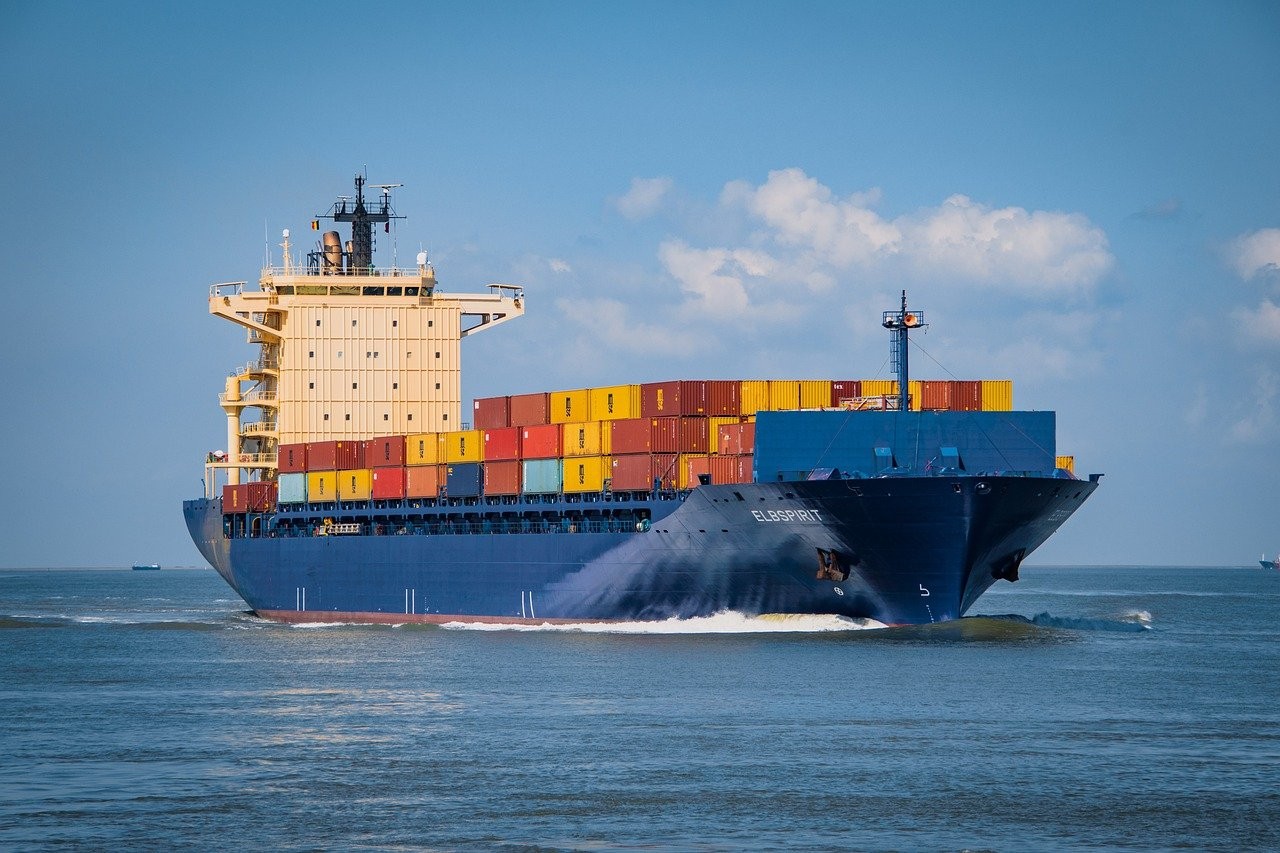
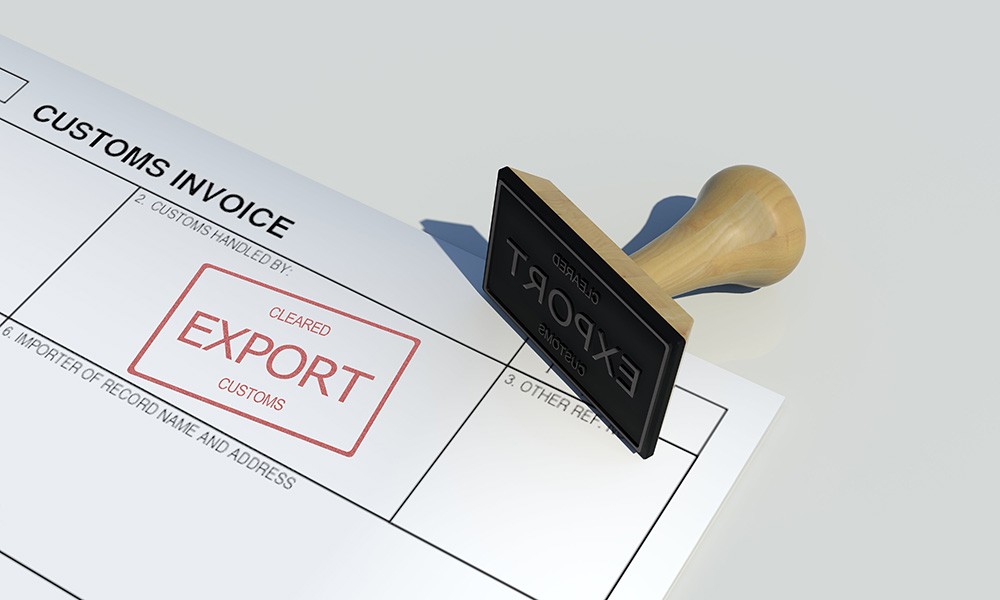
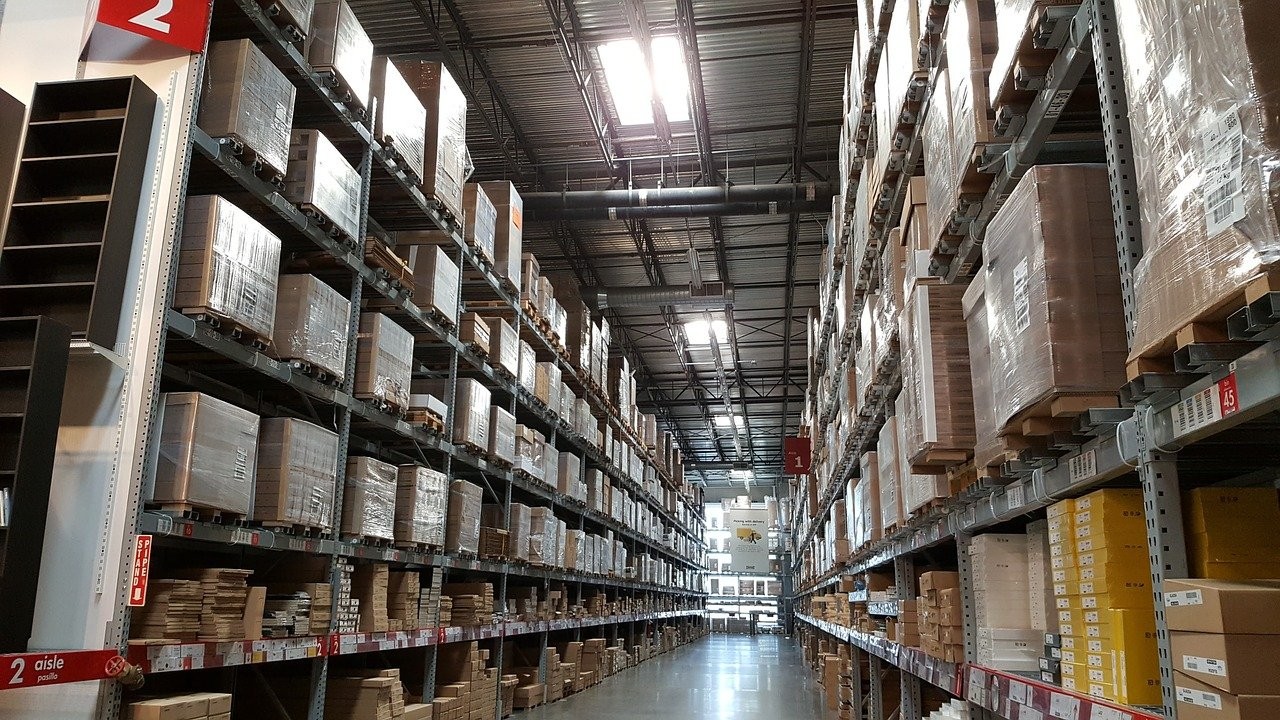
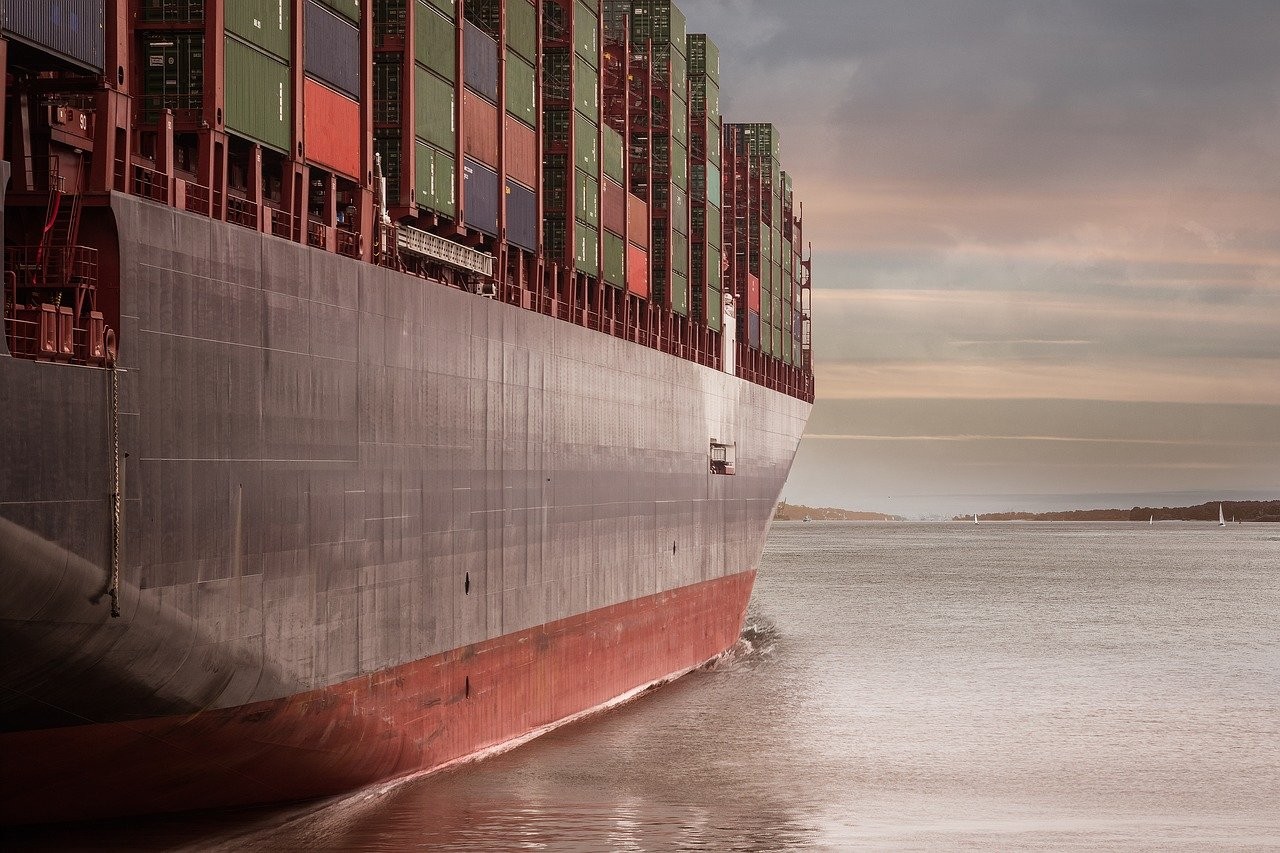
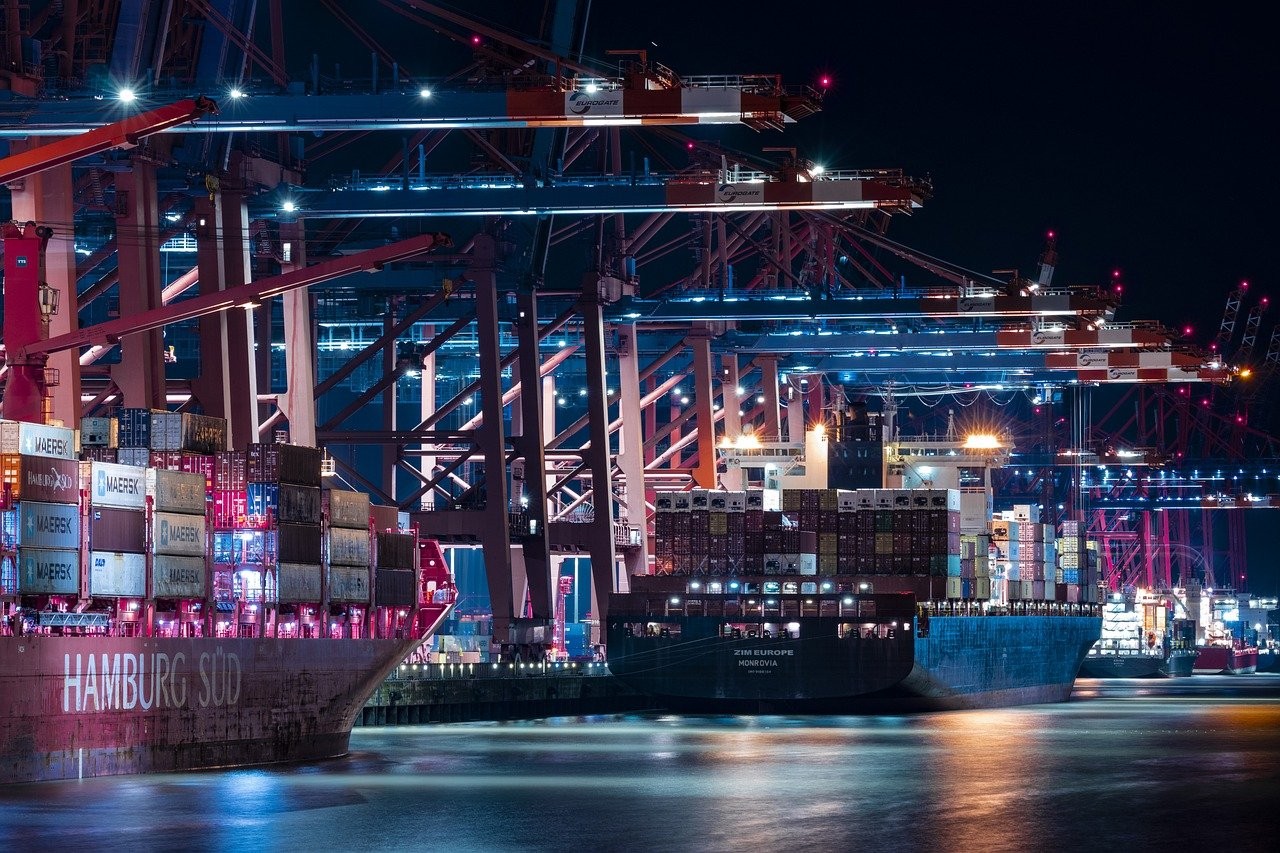
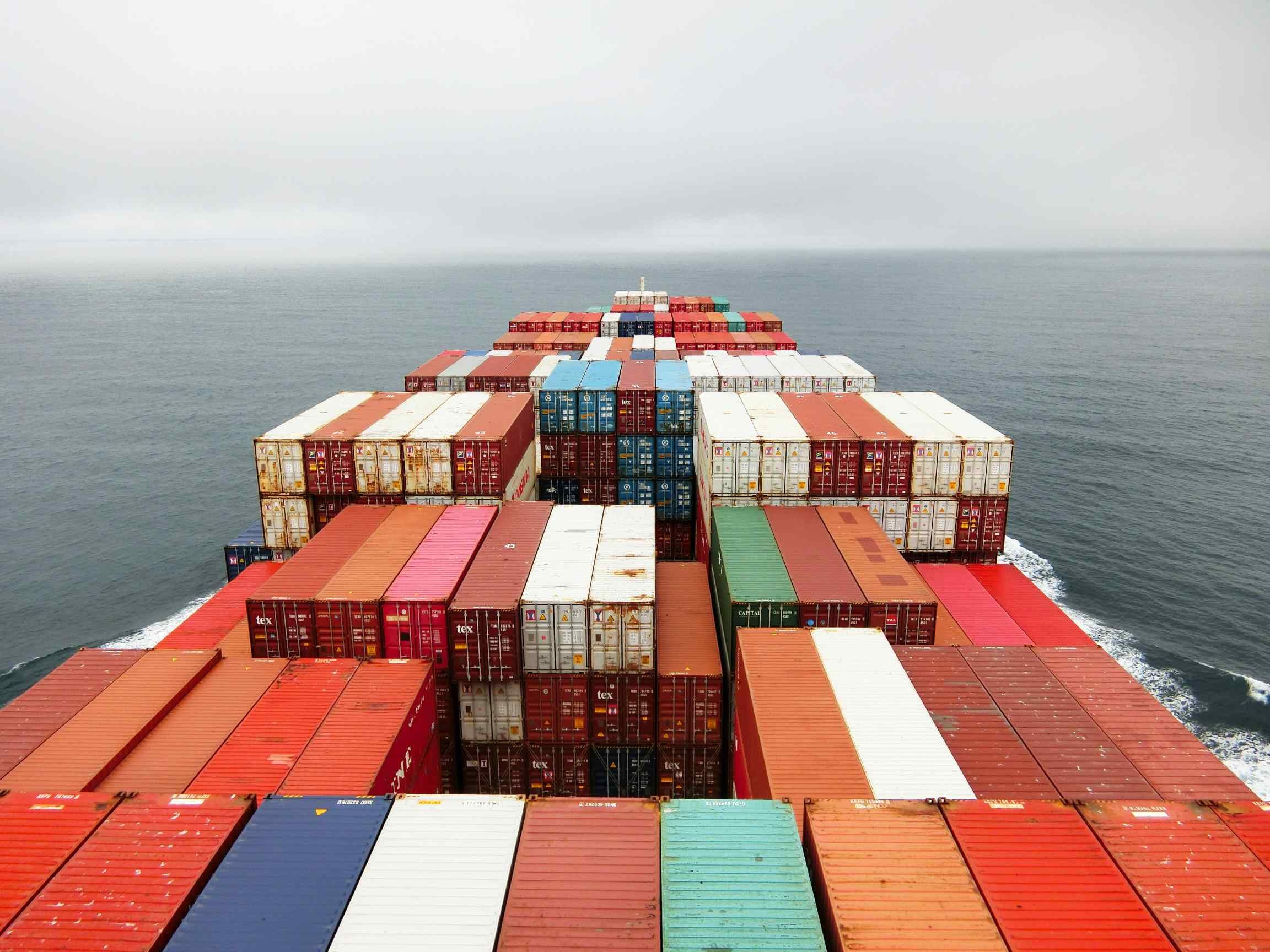
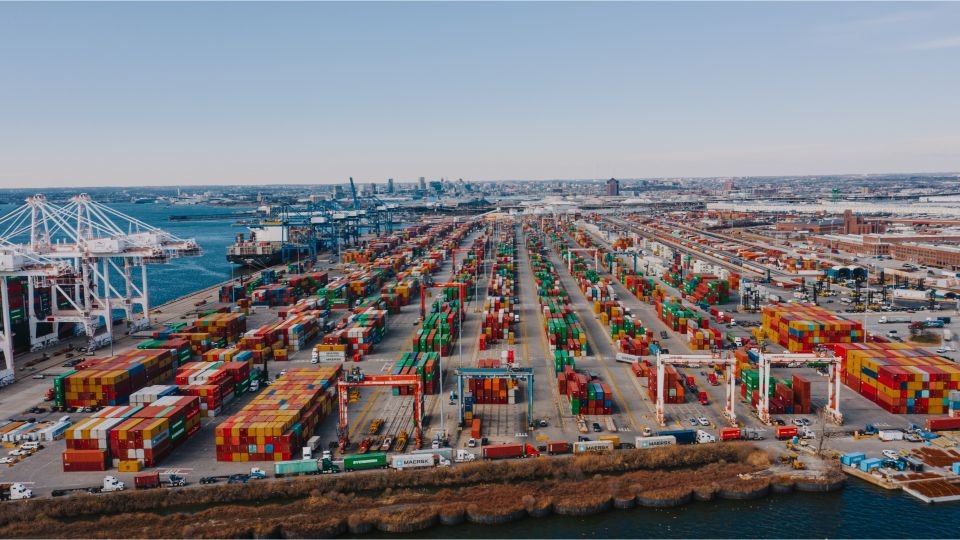

.png)